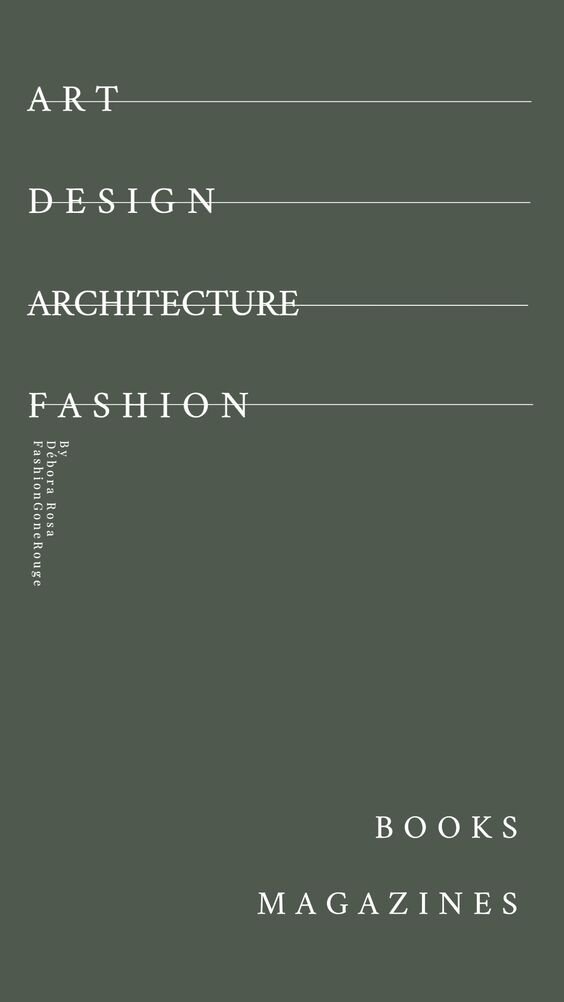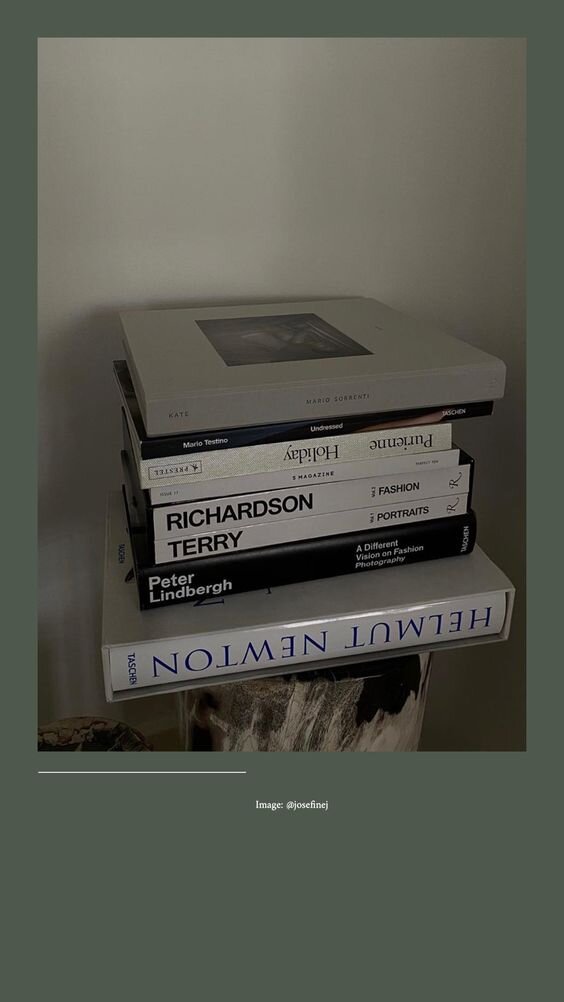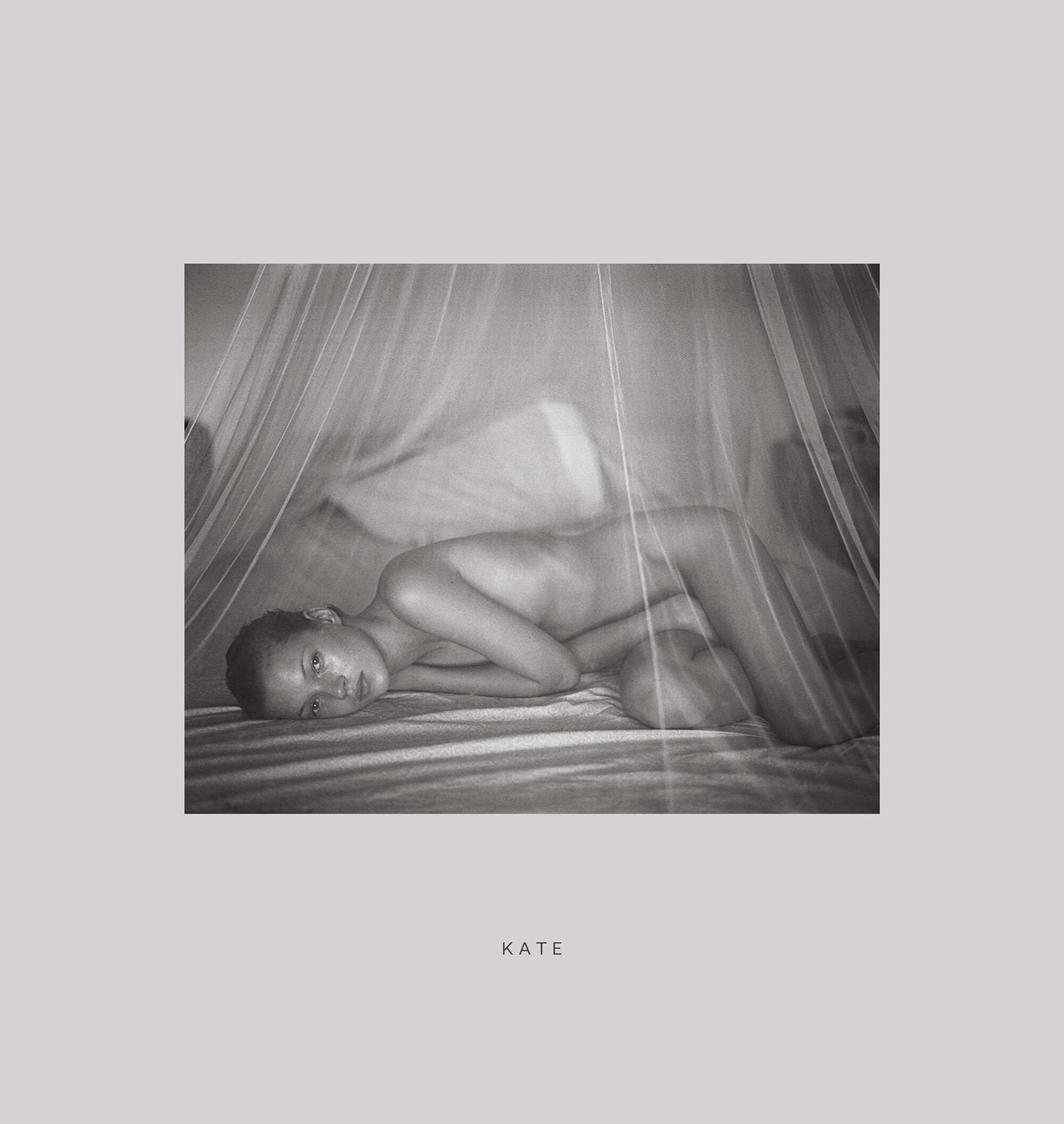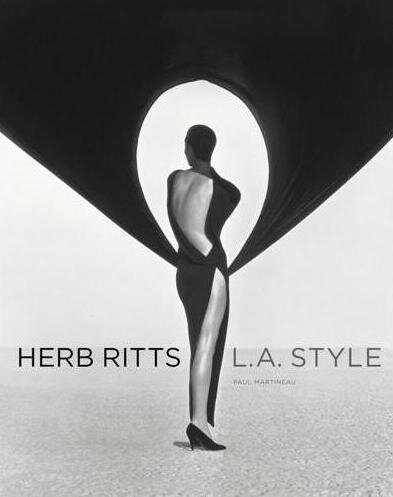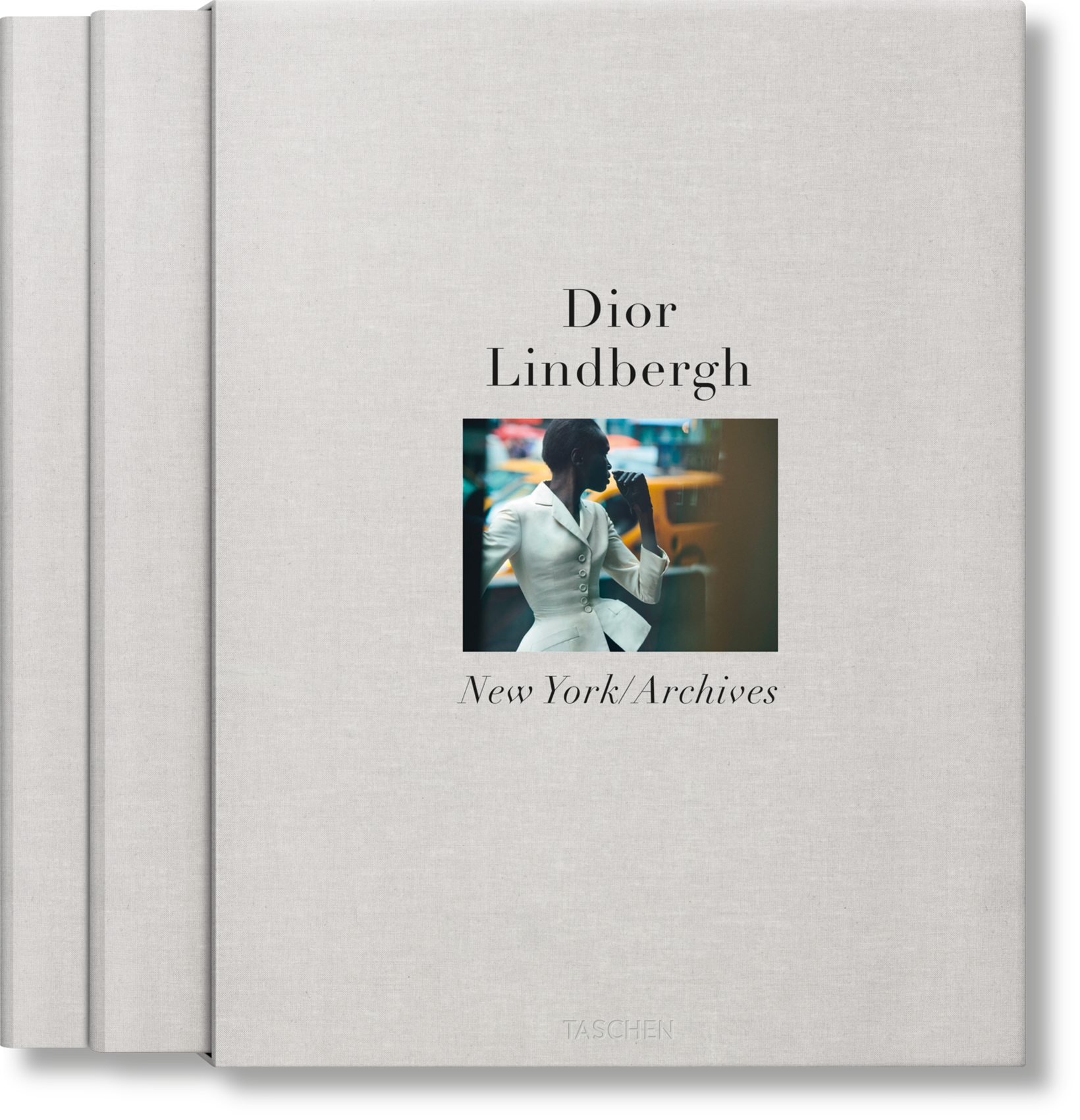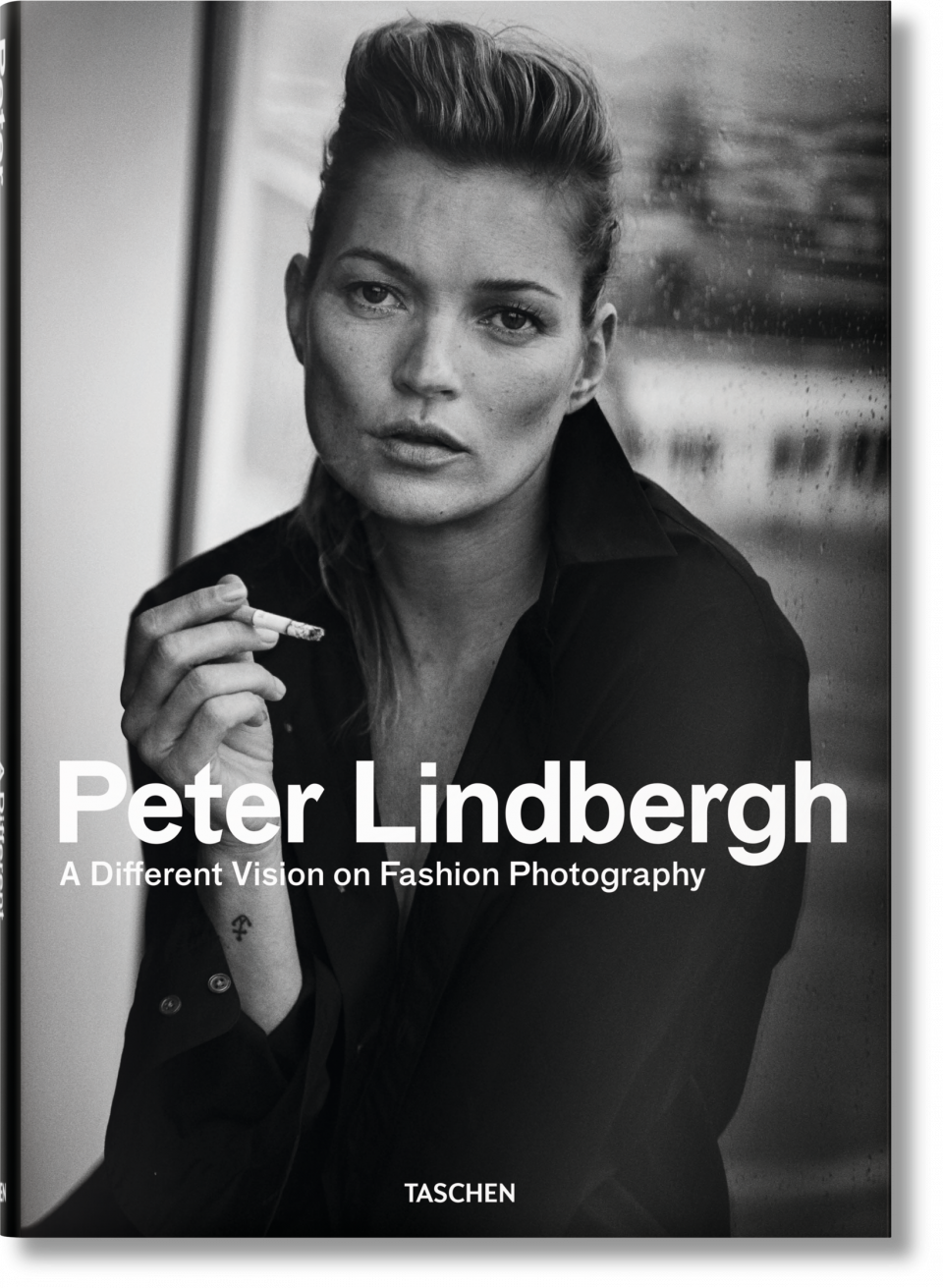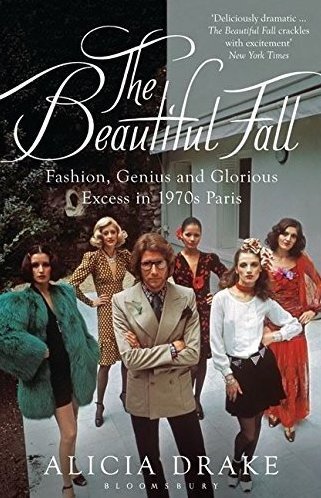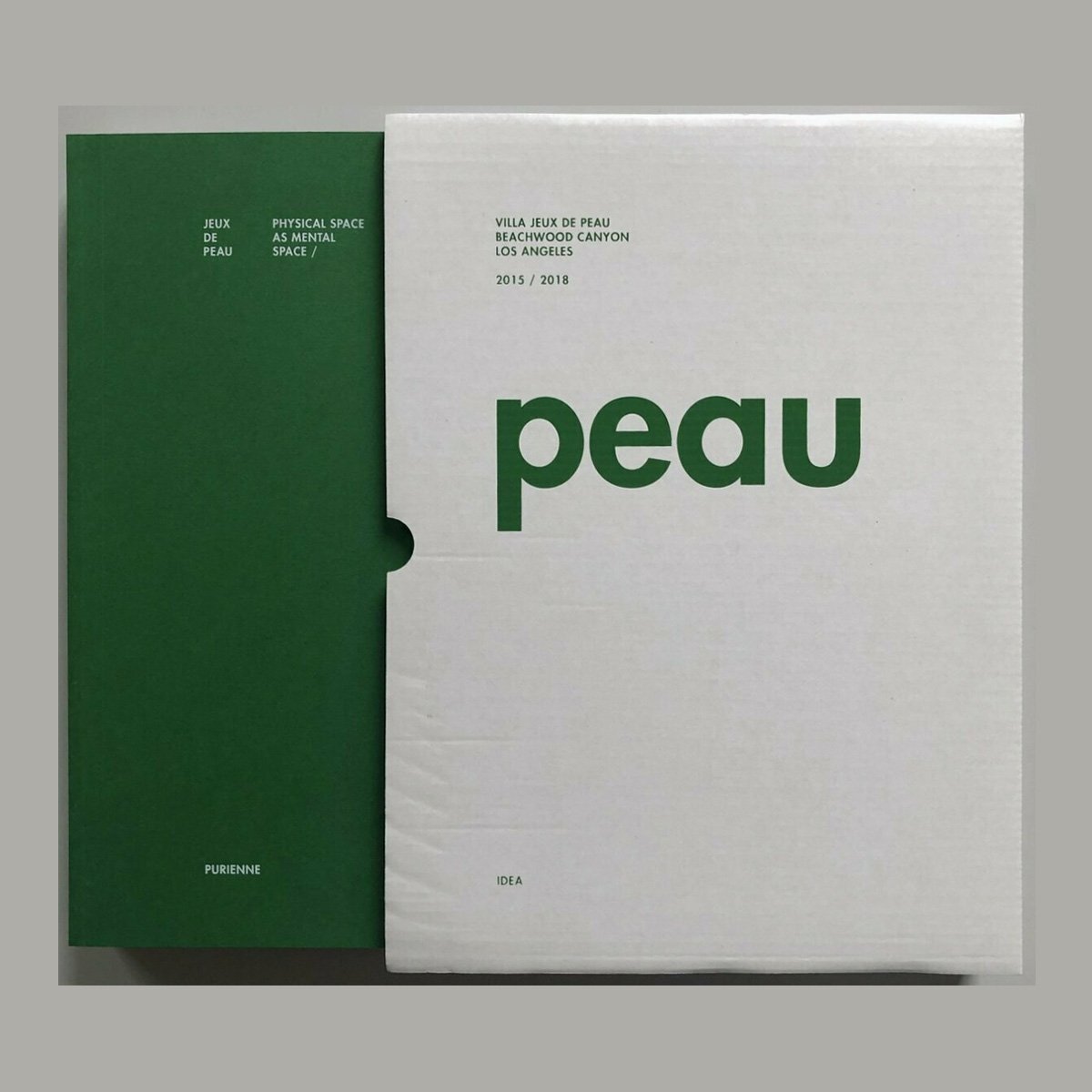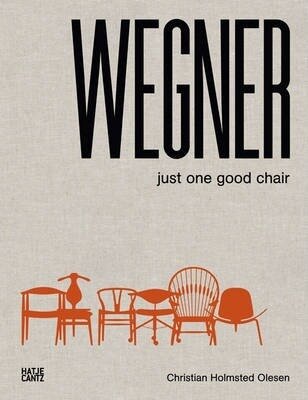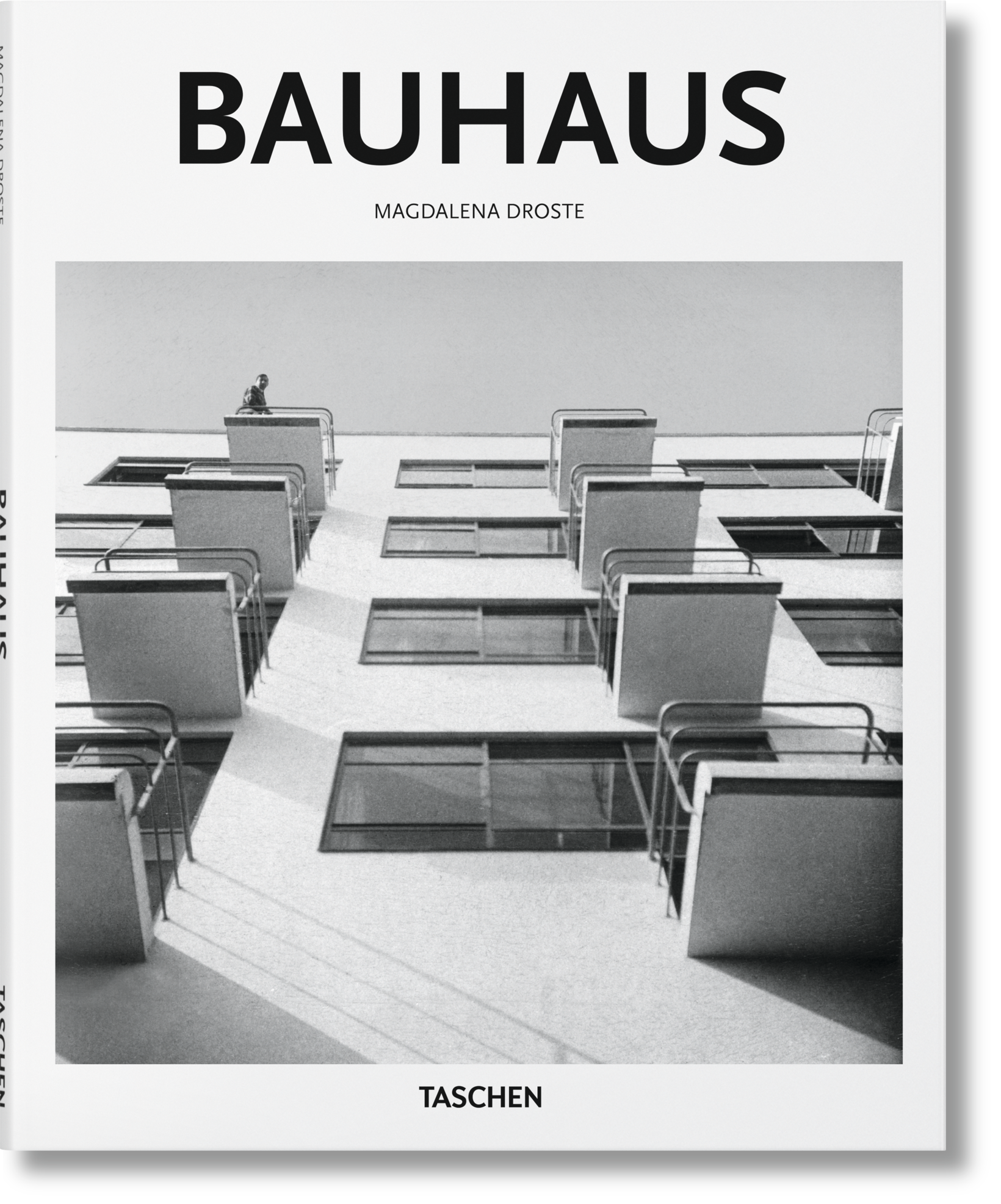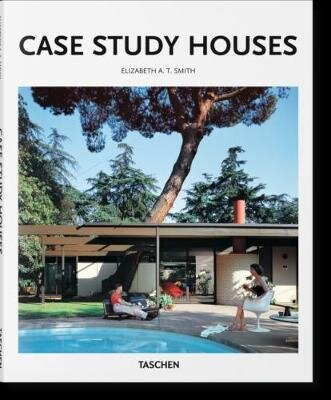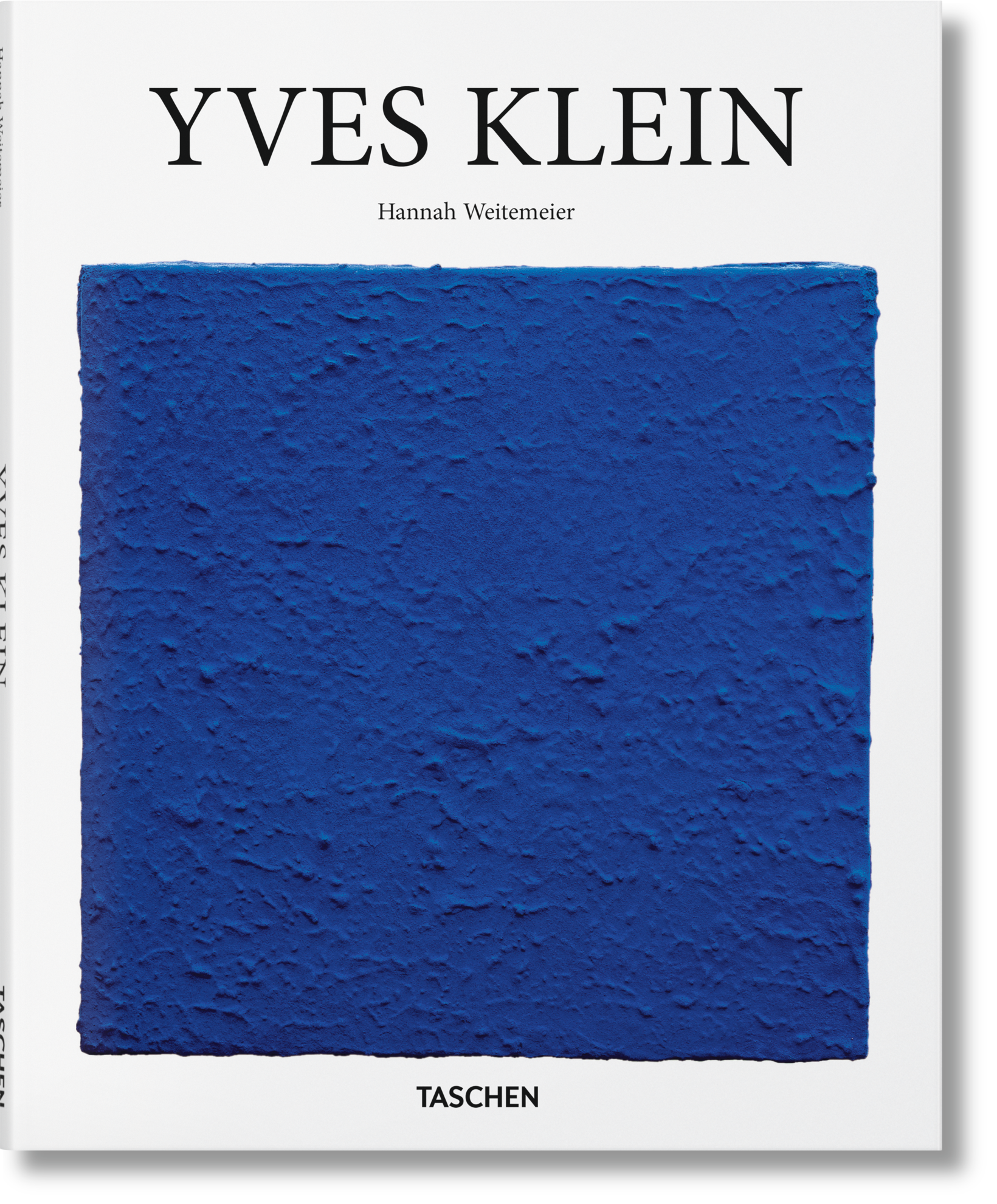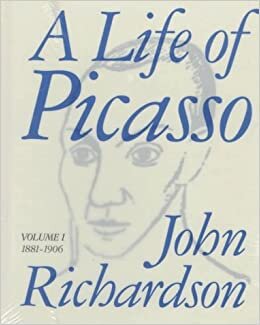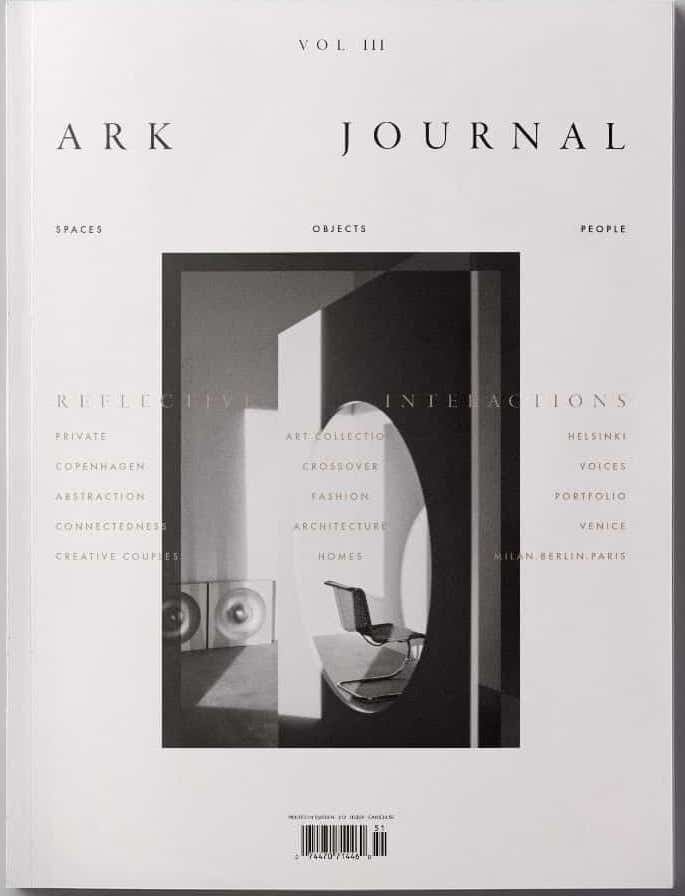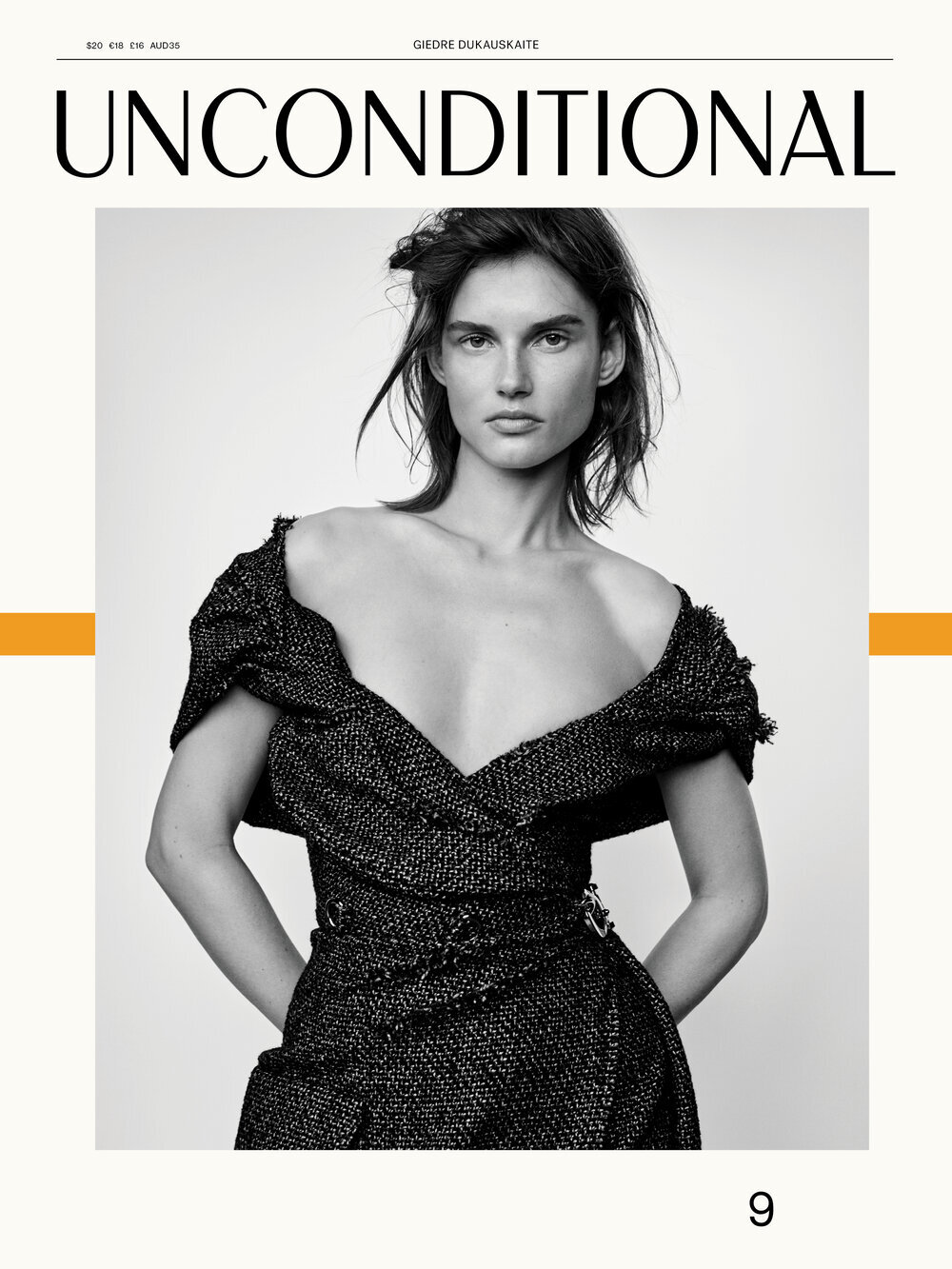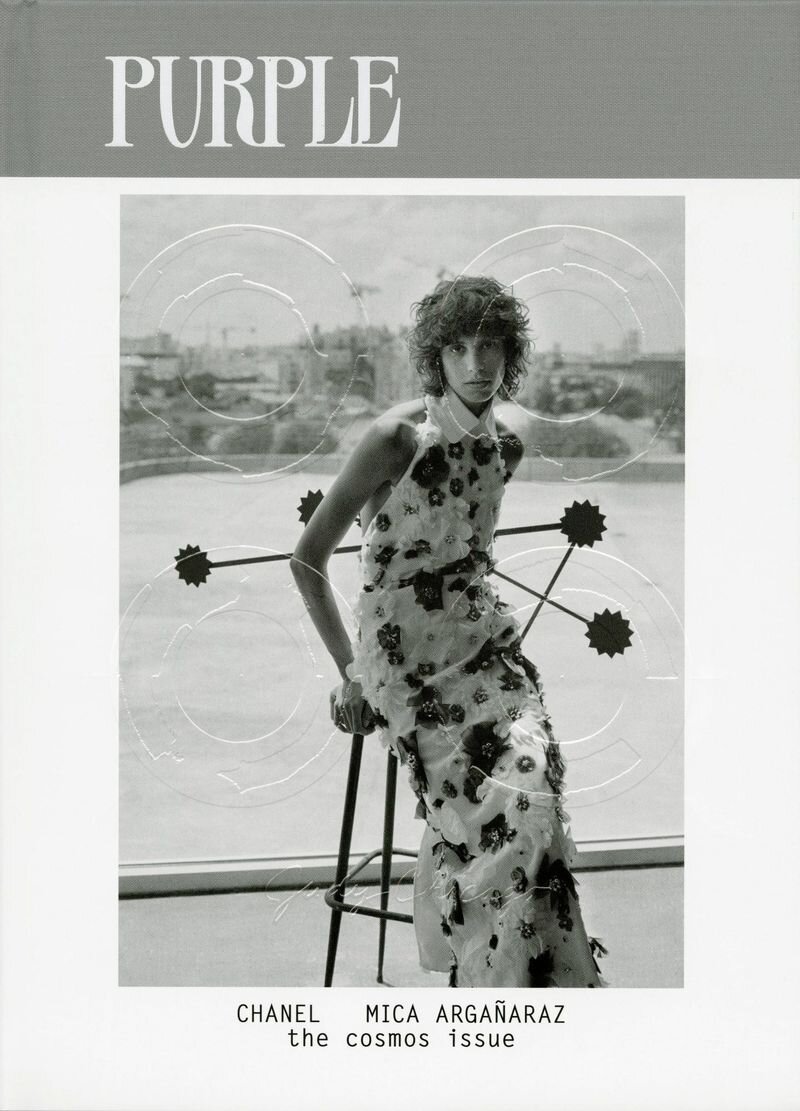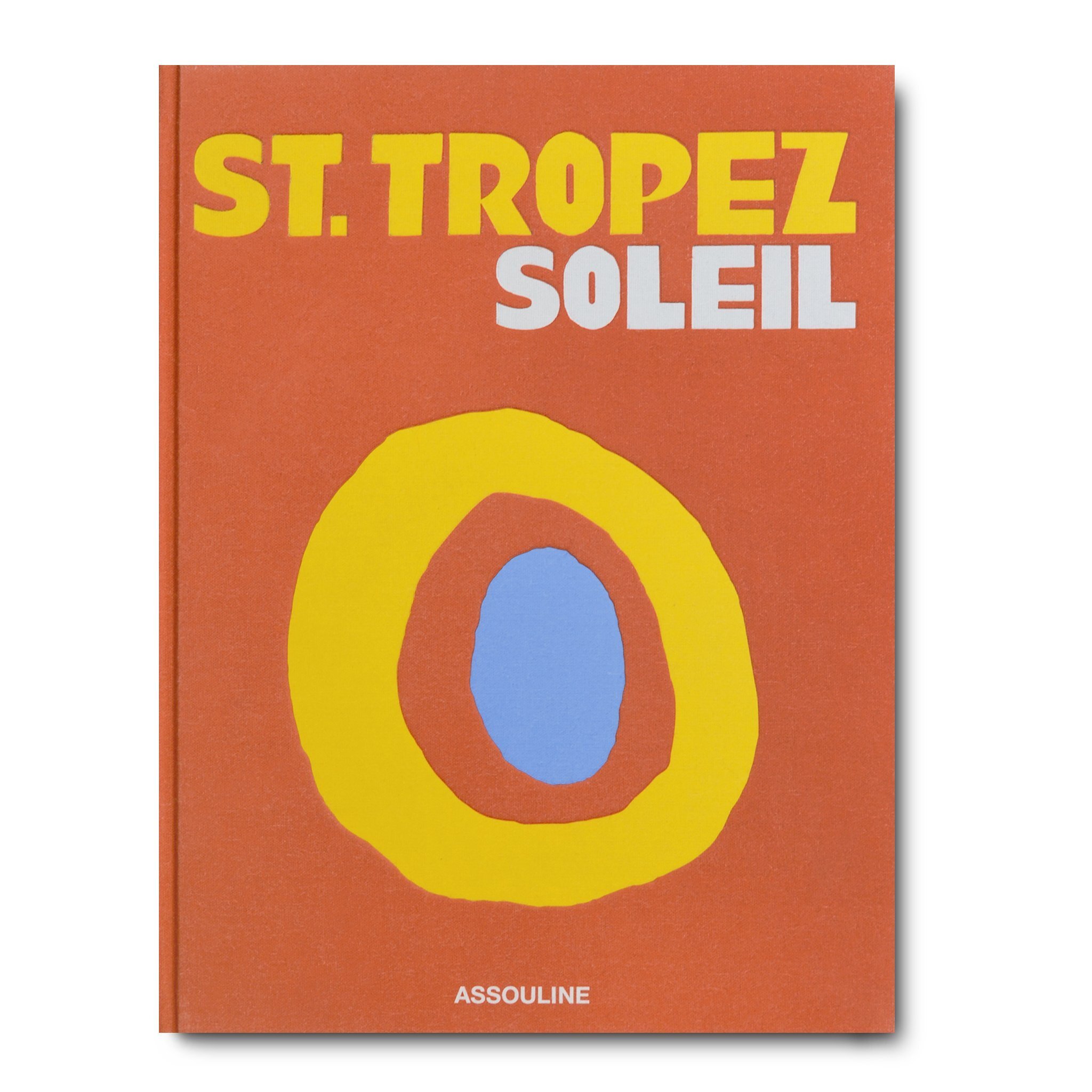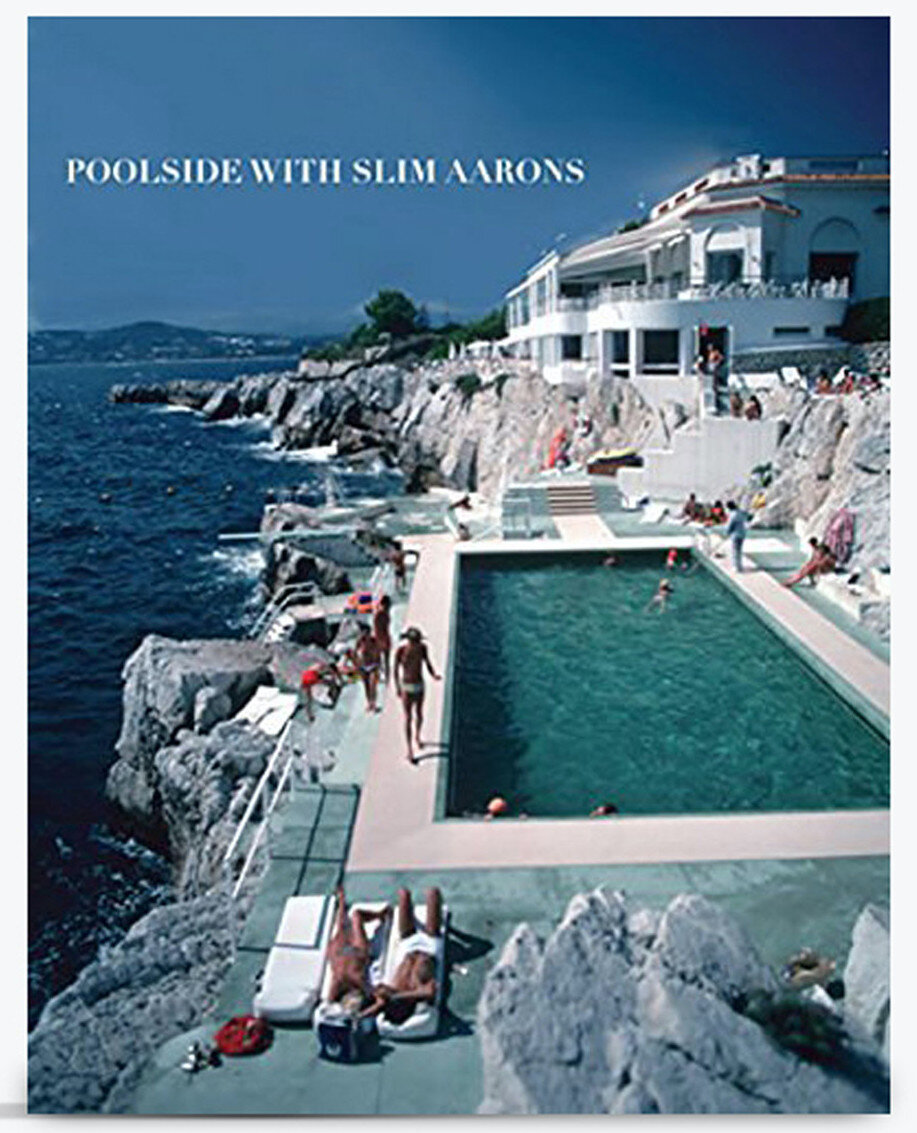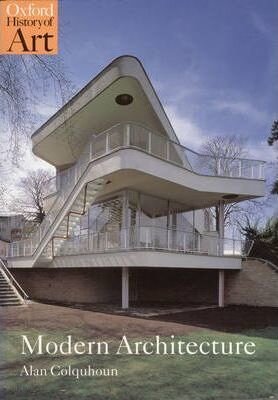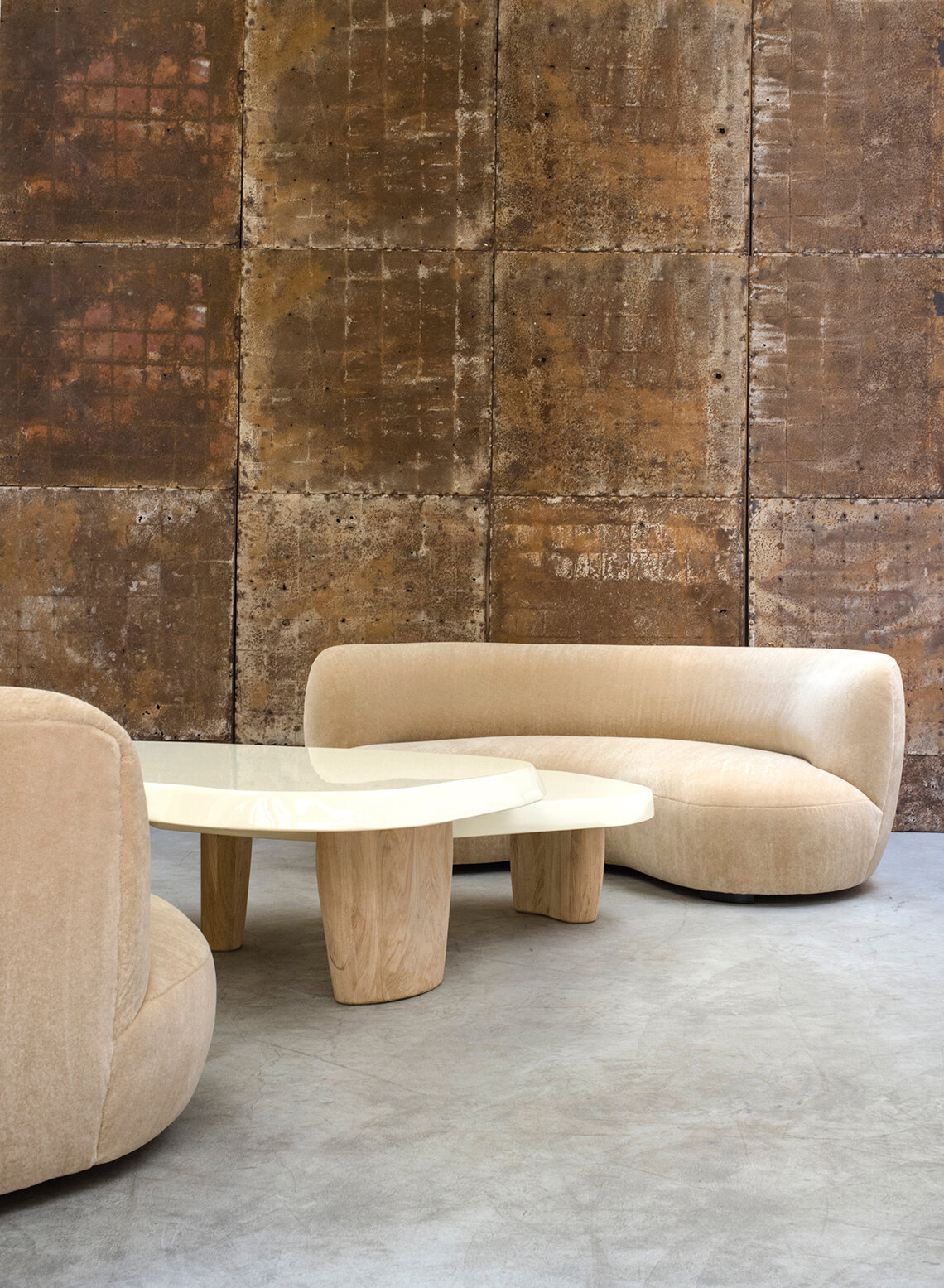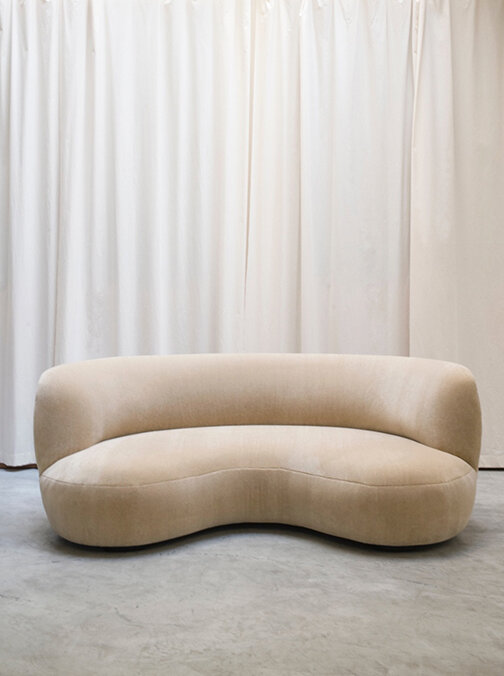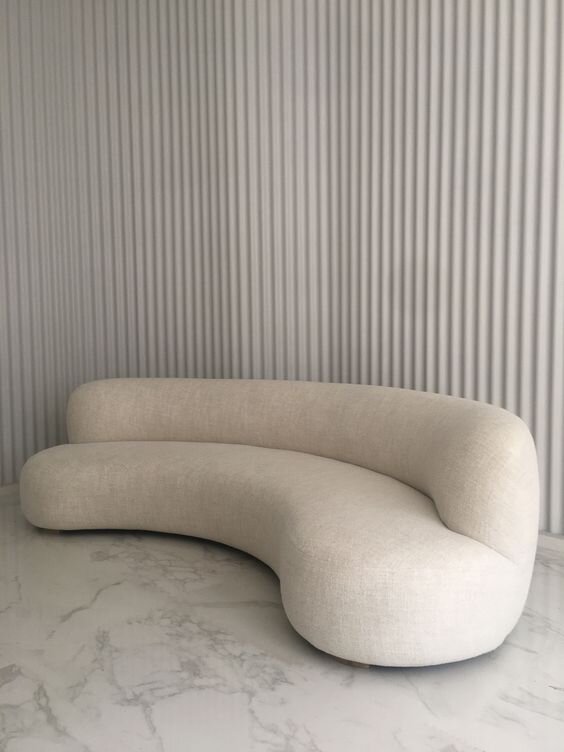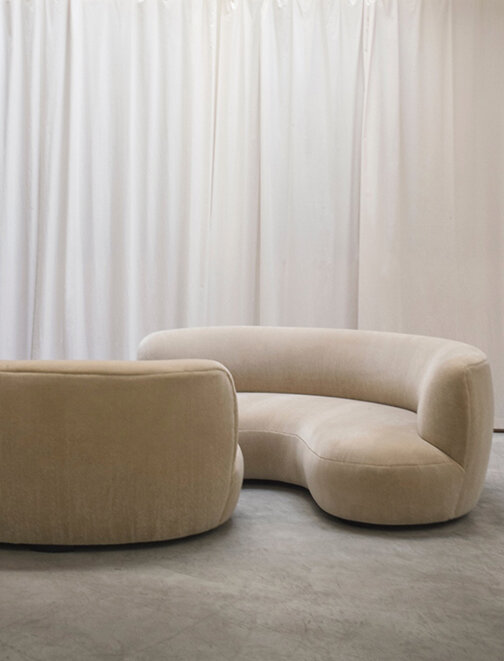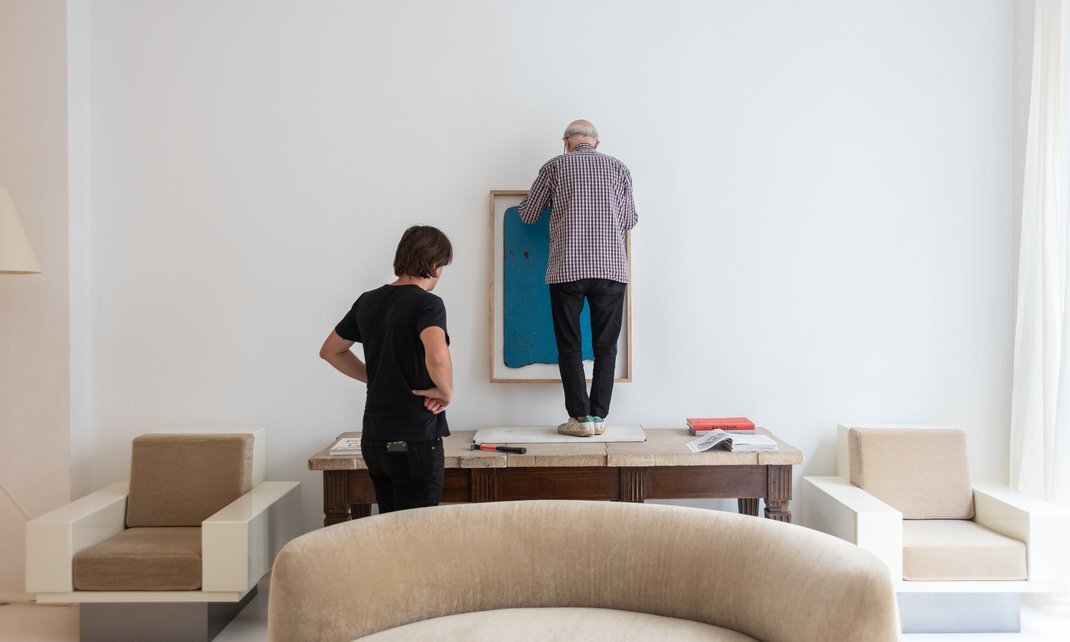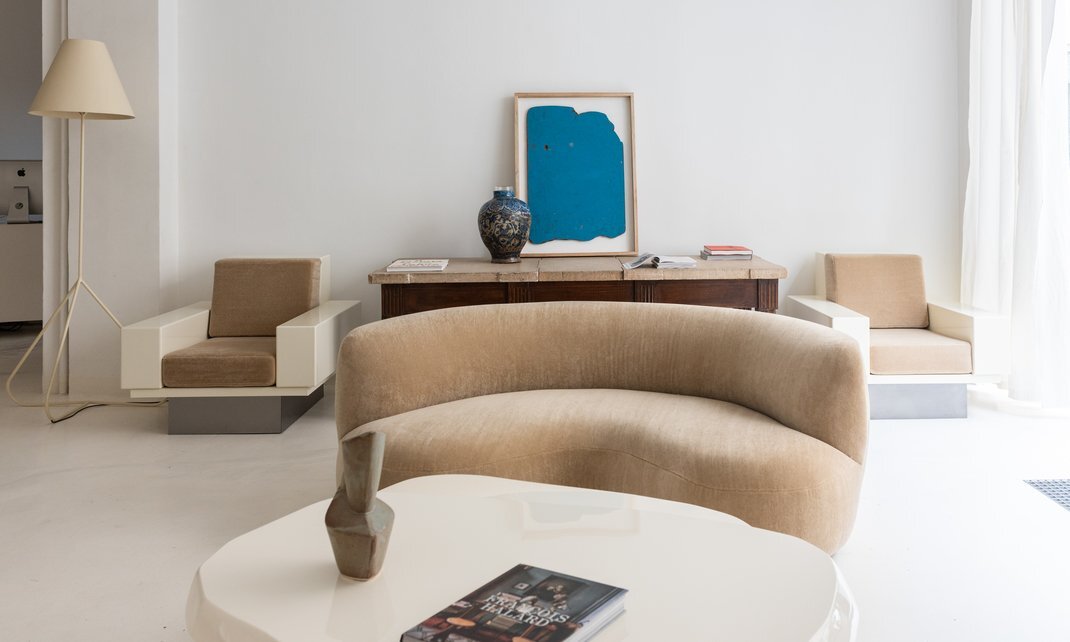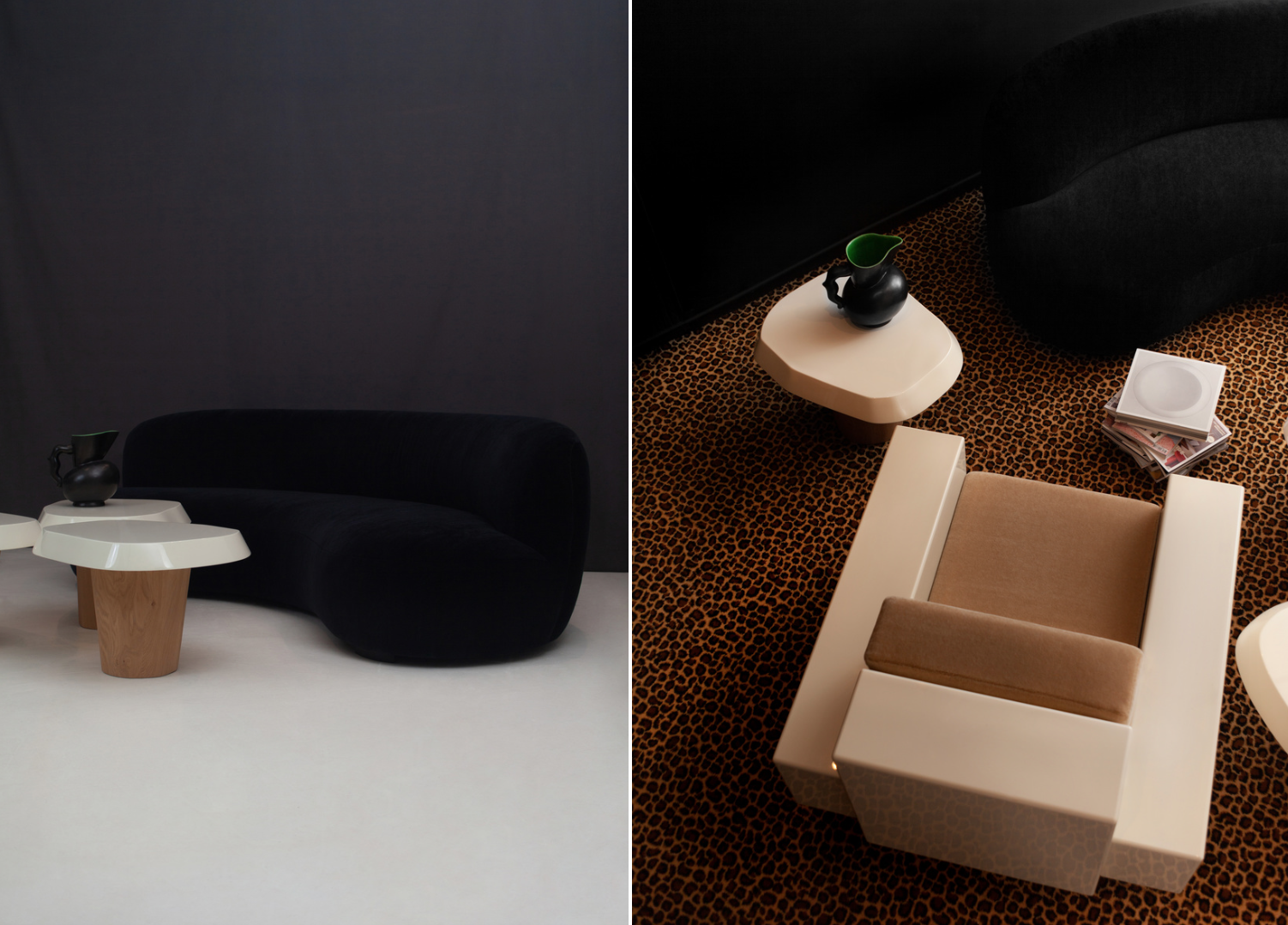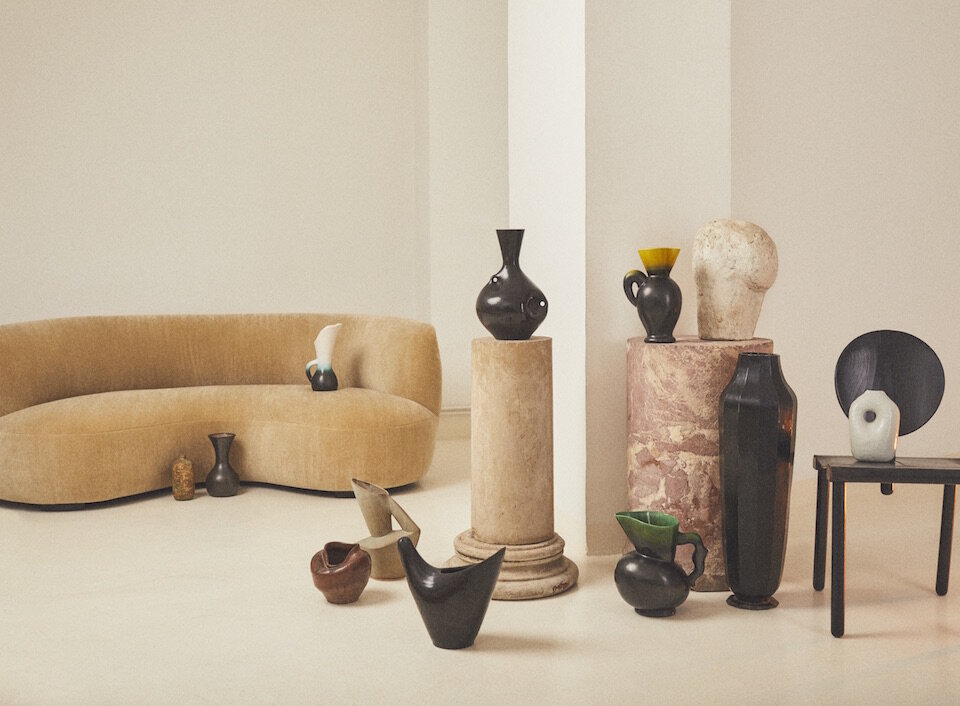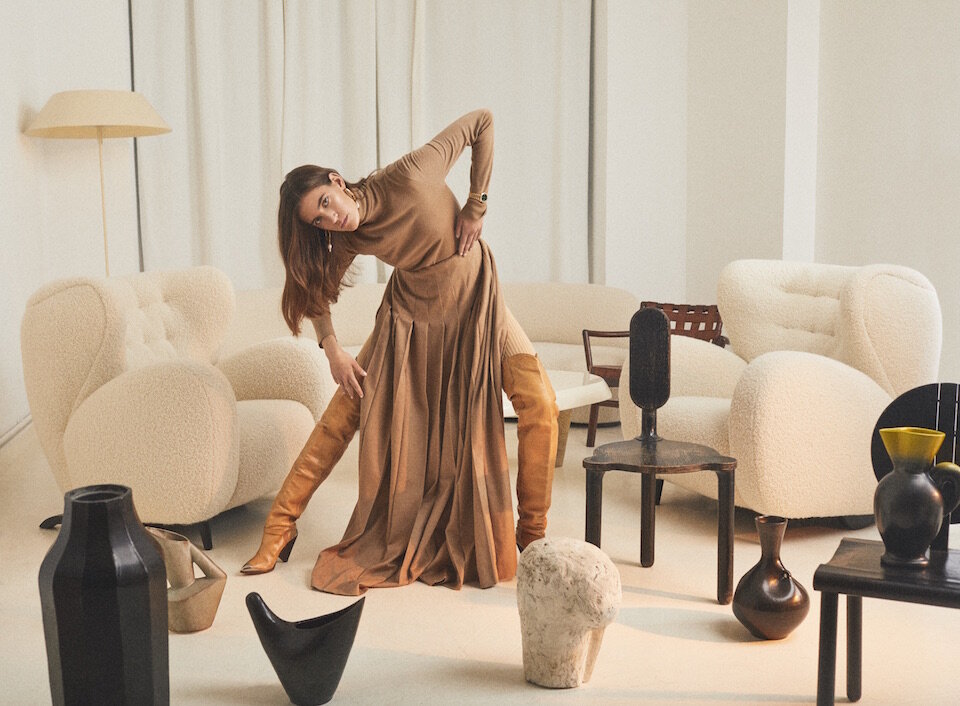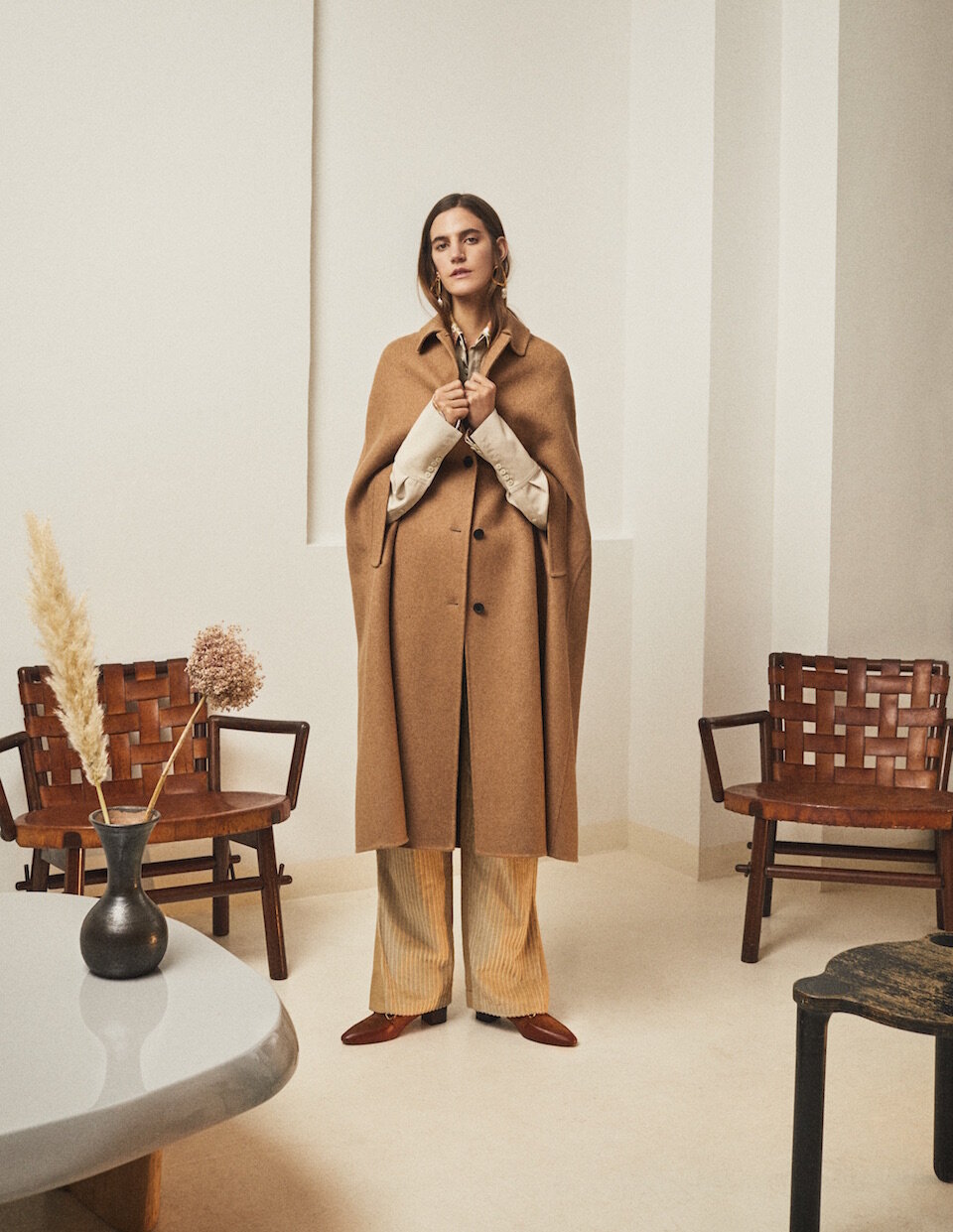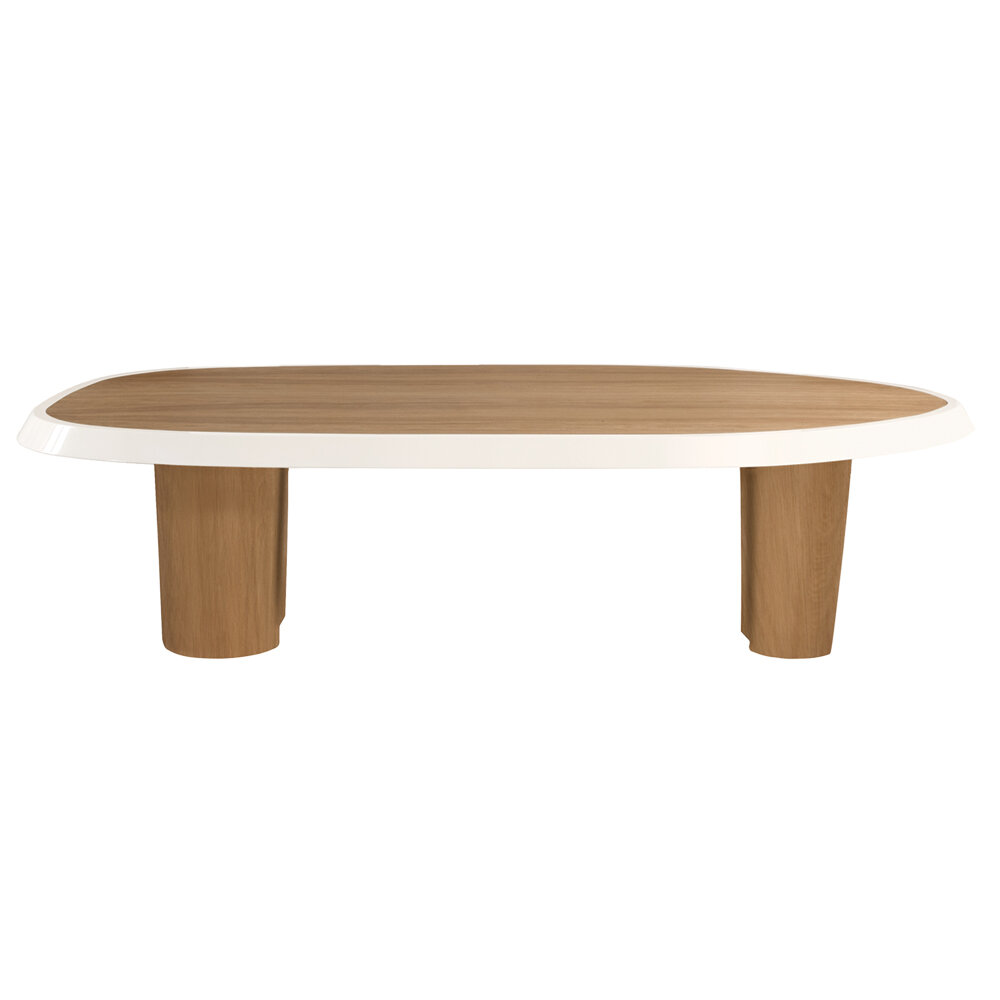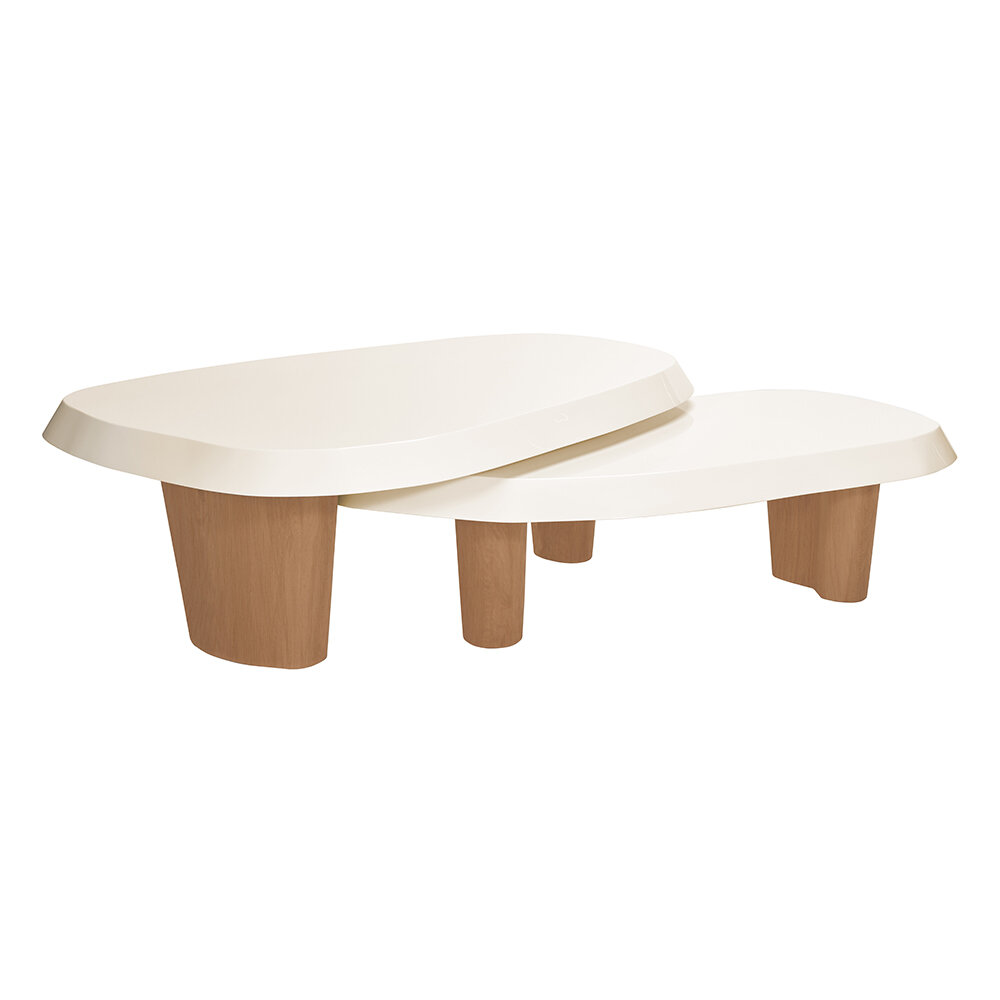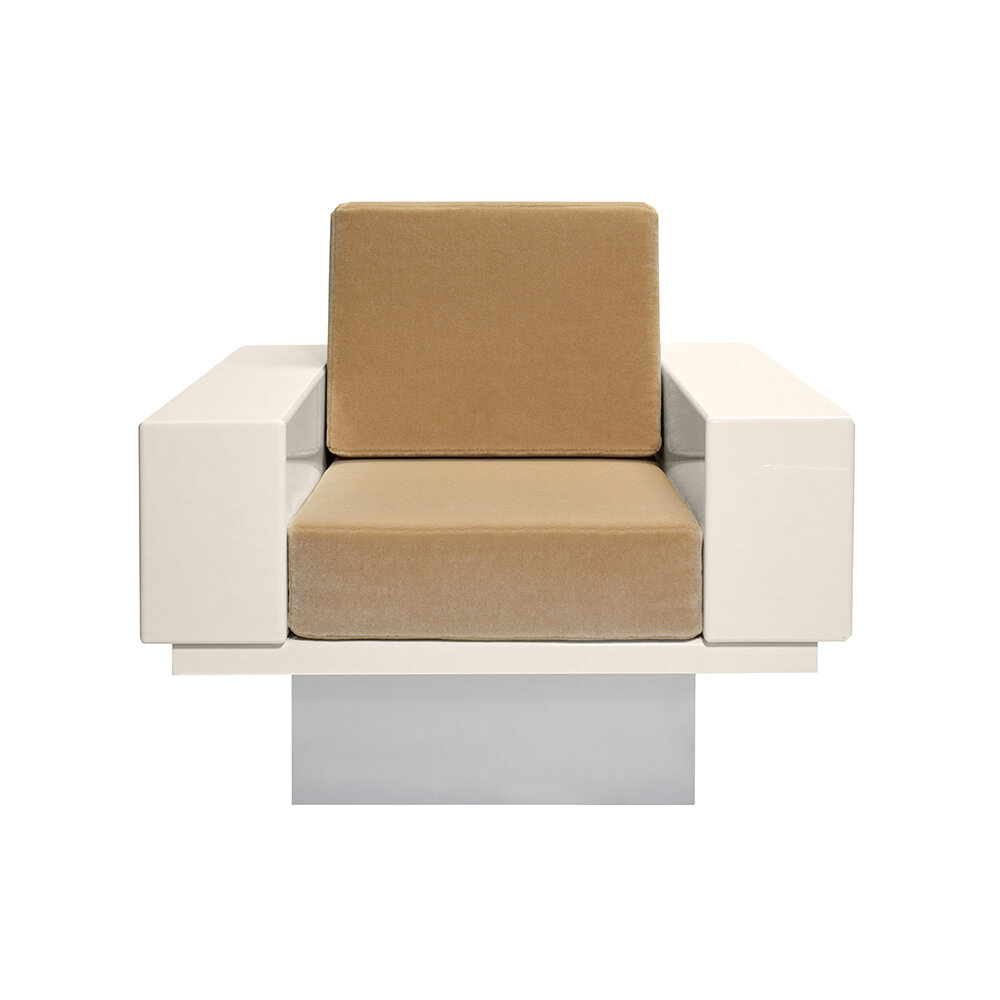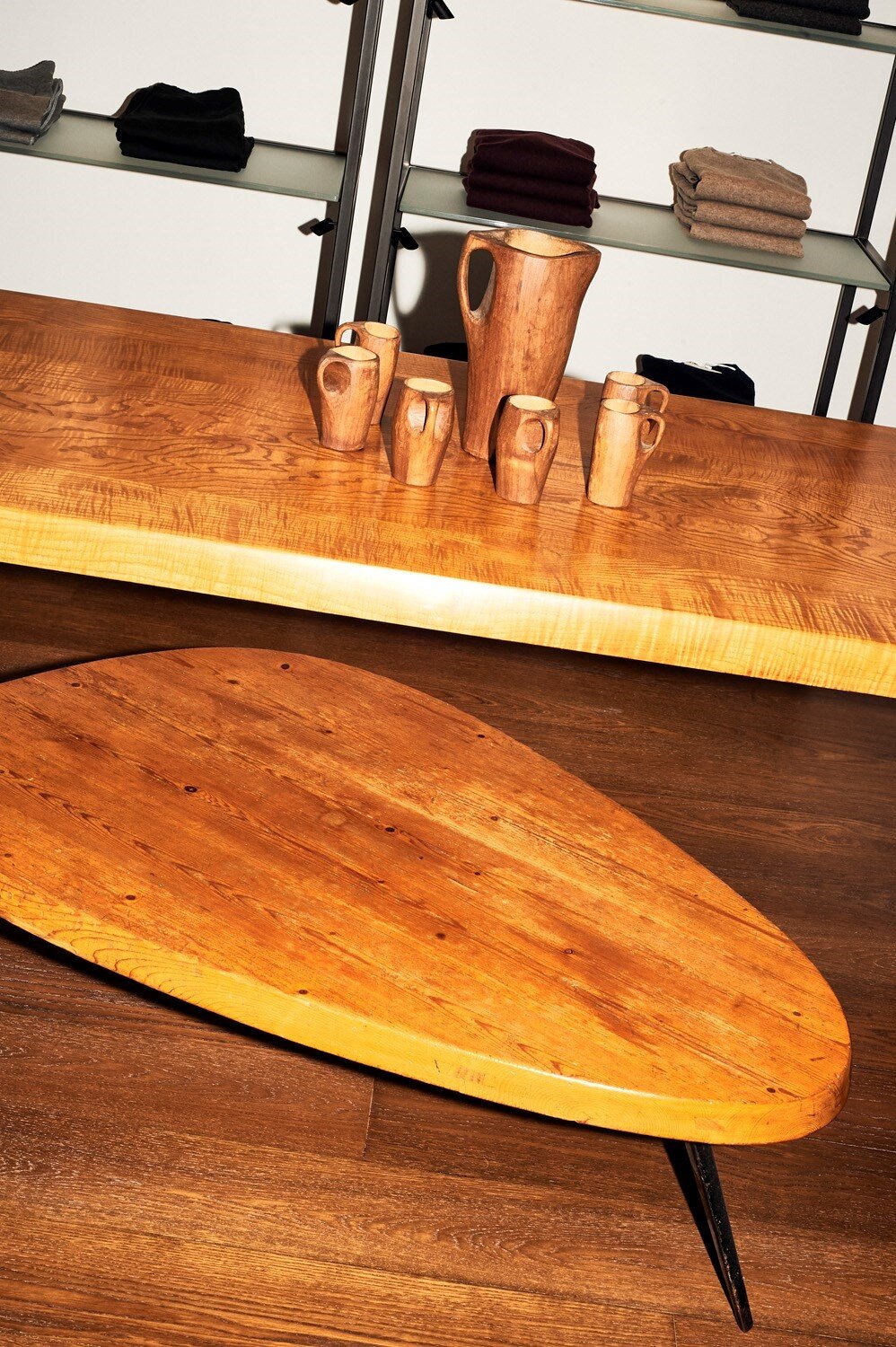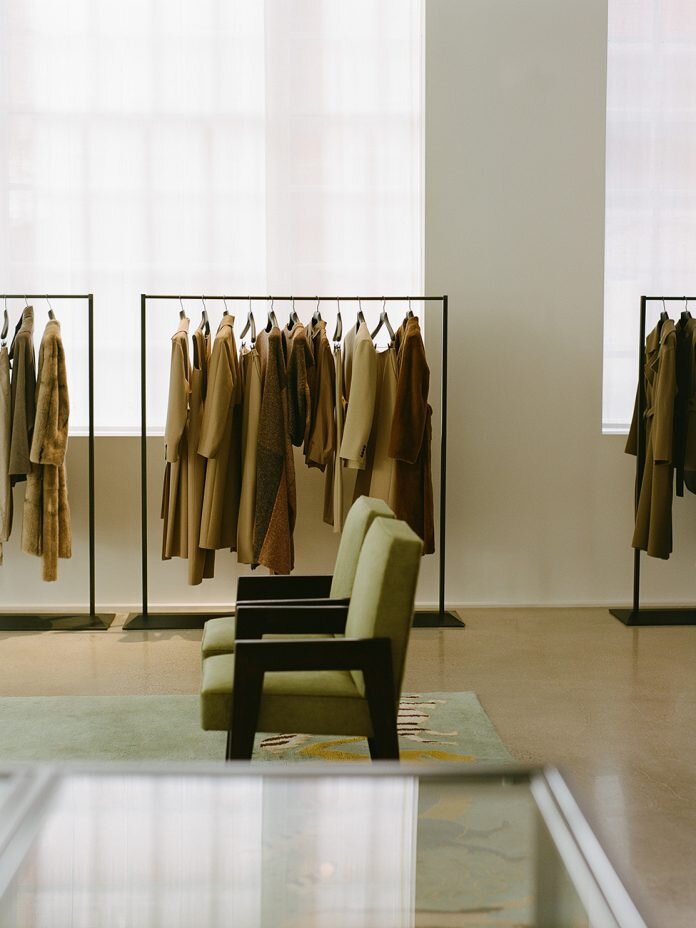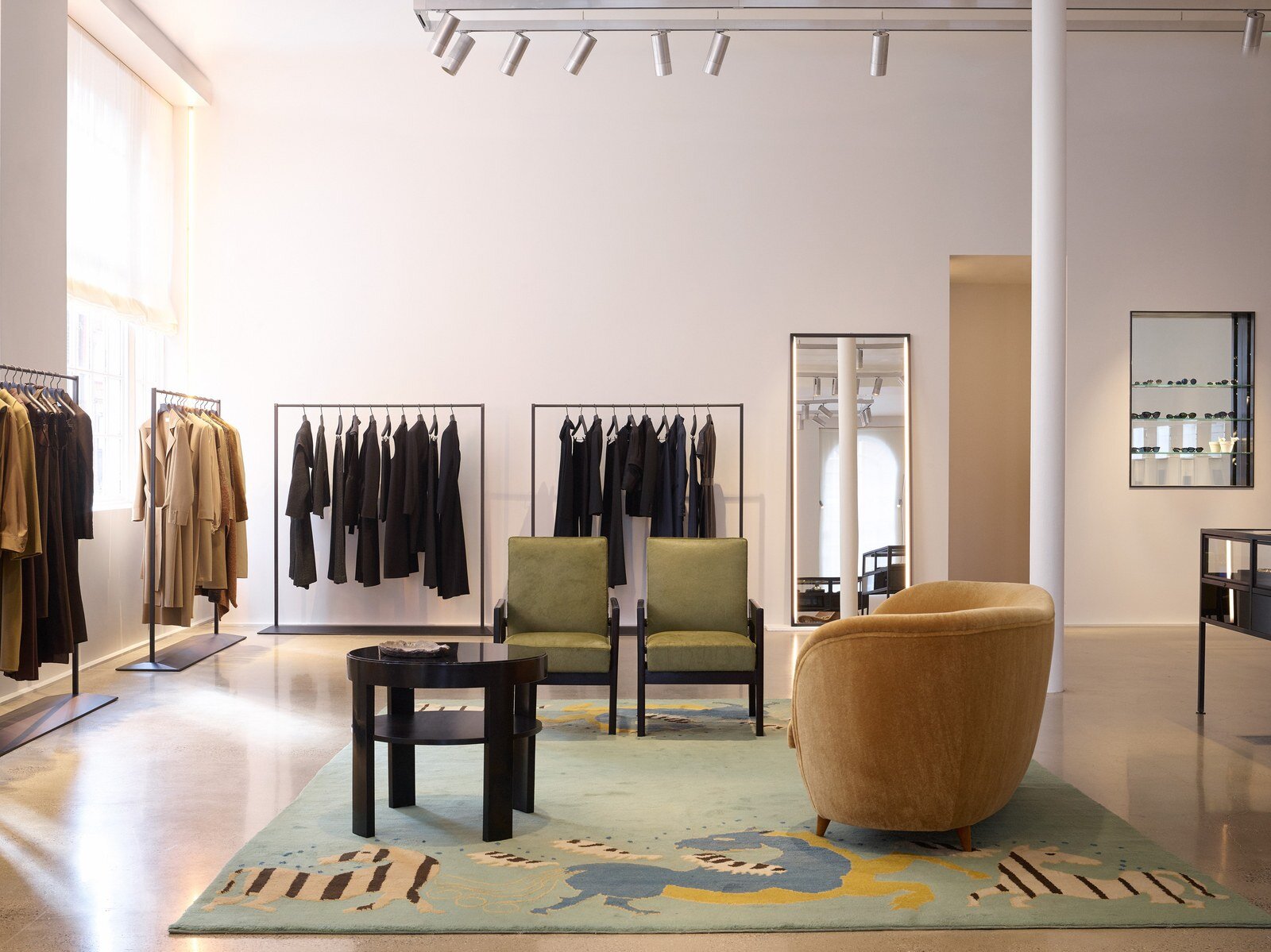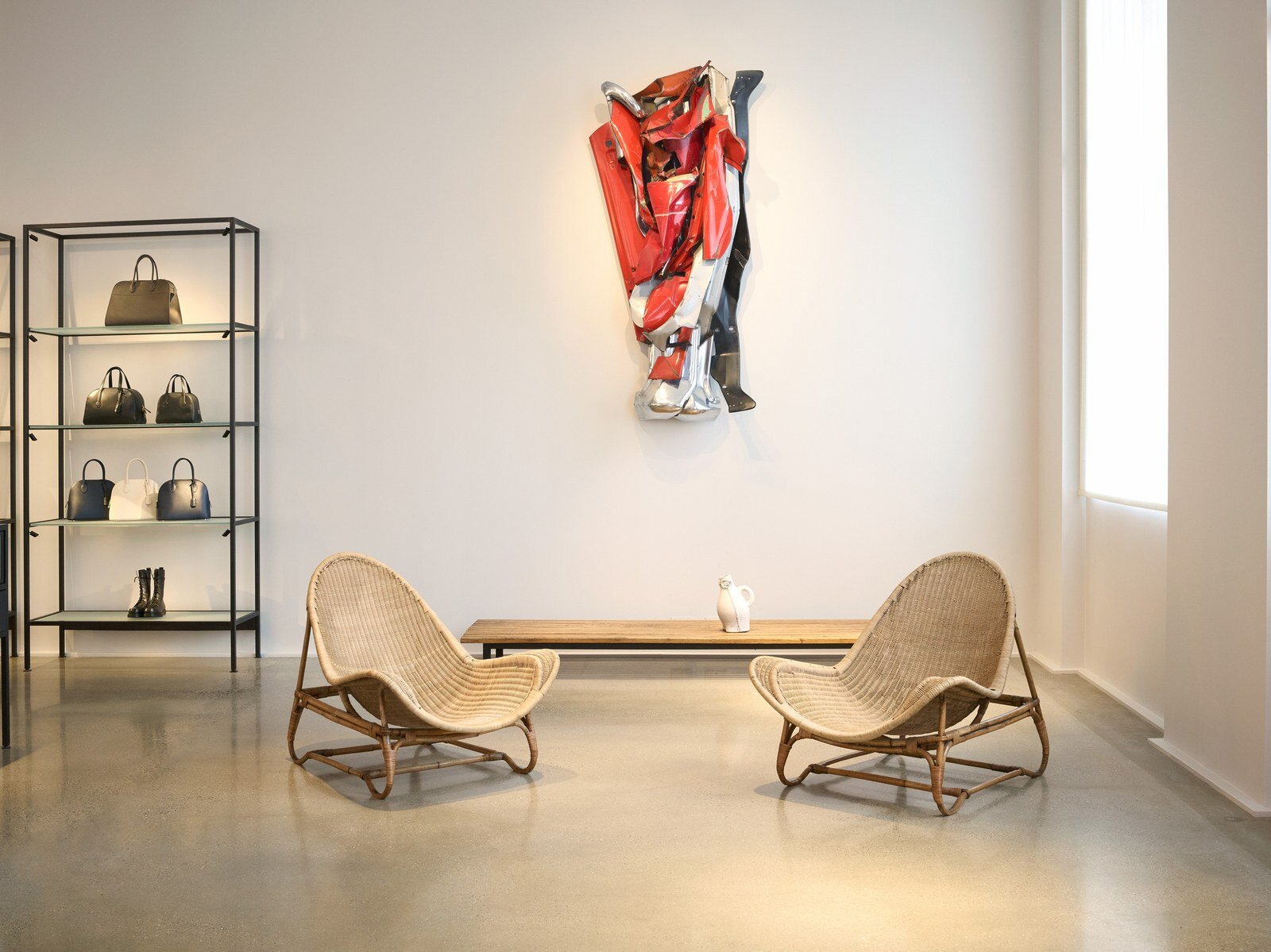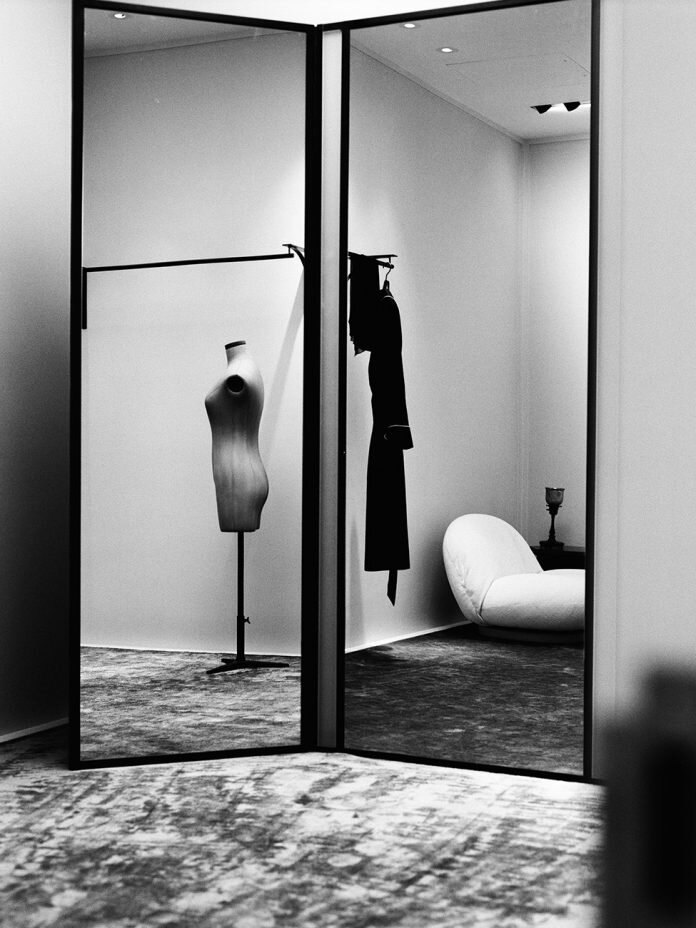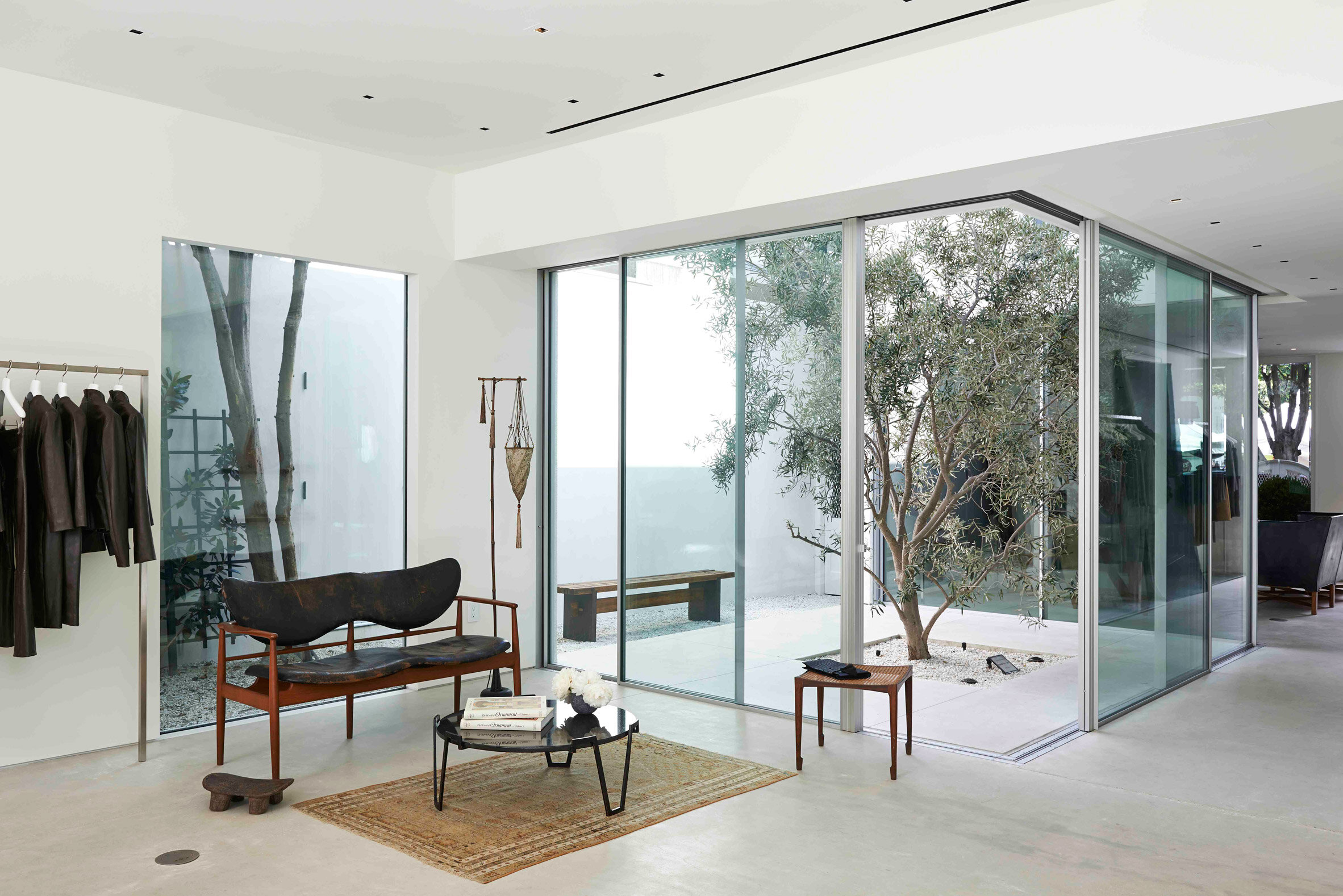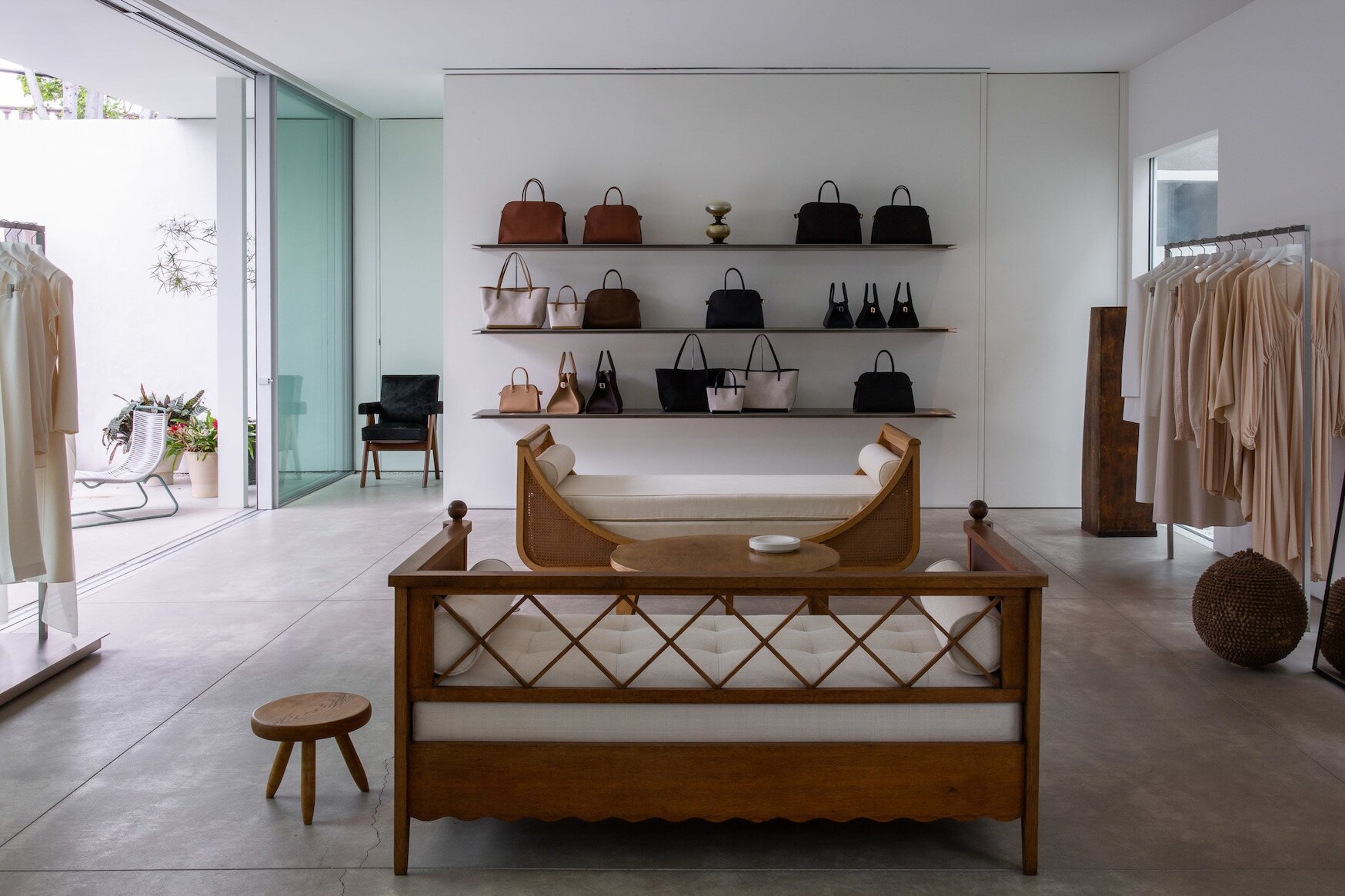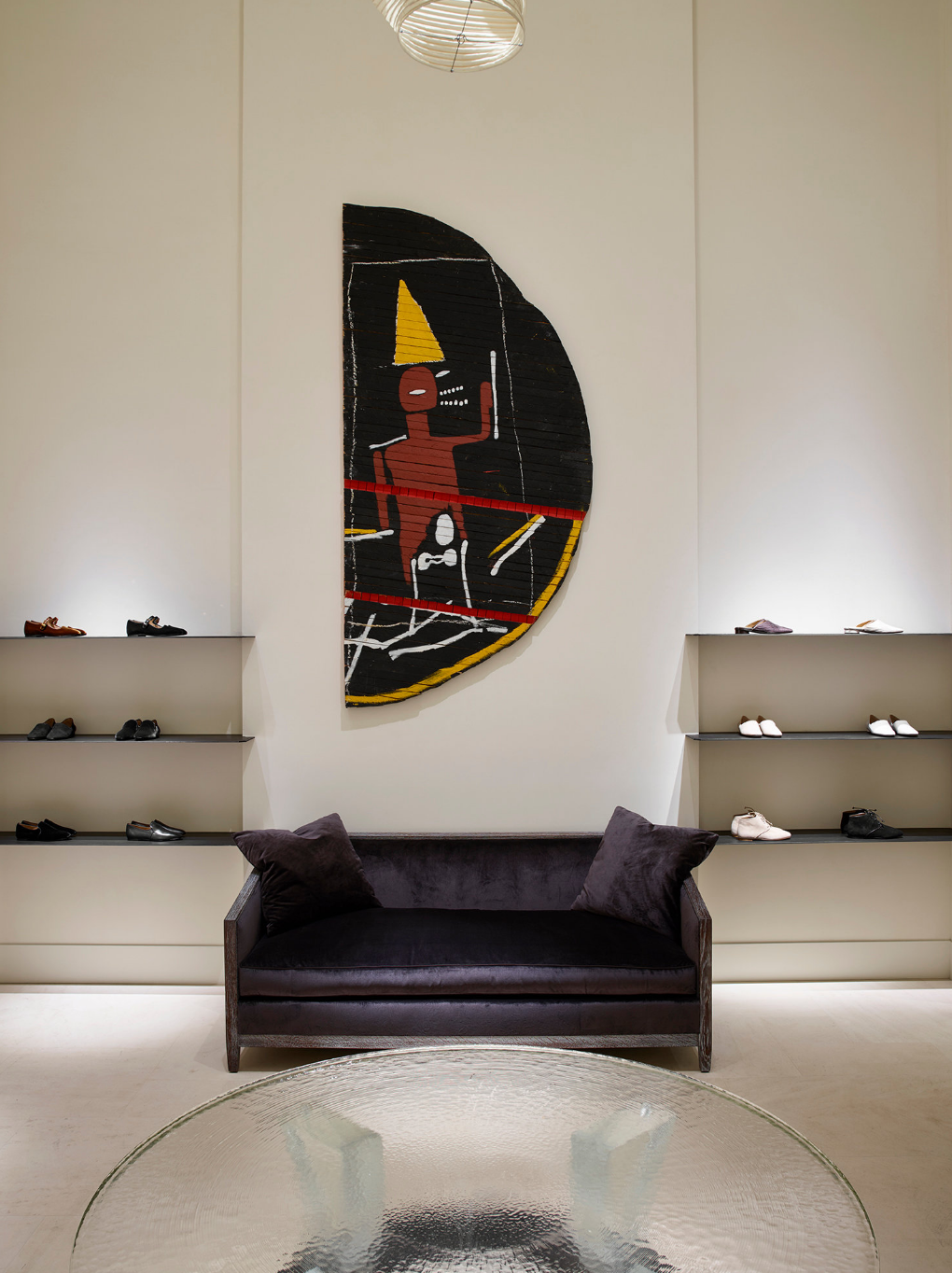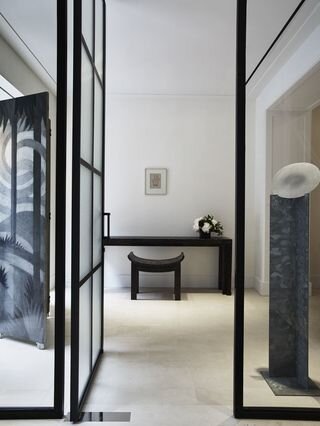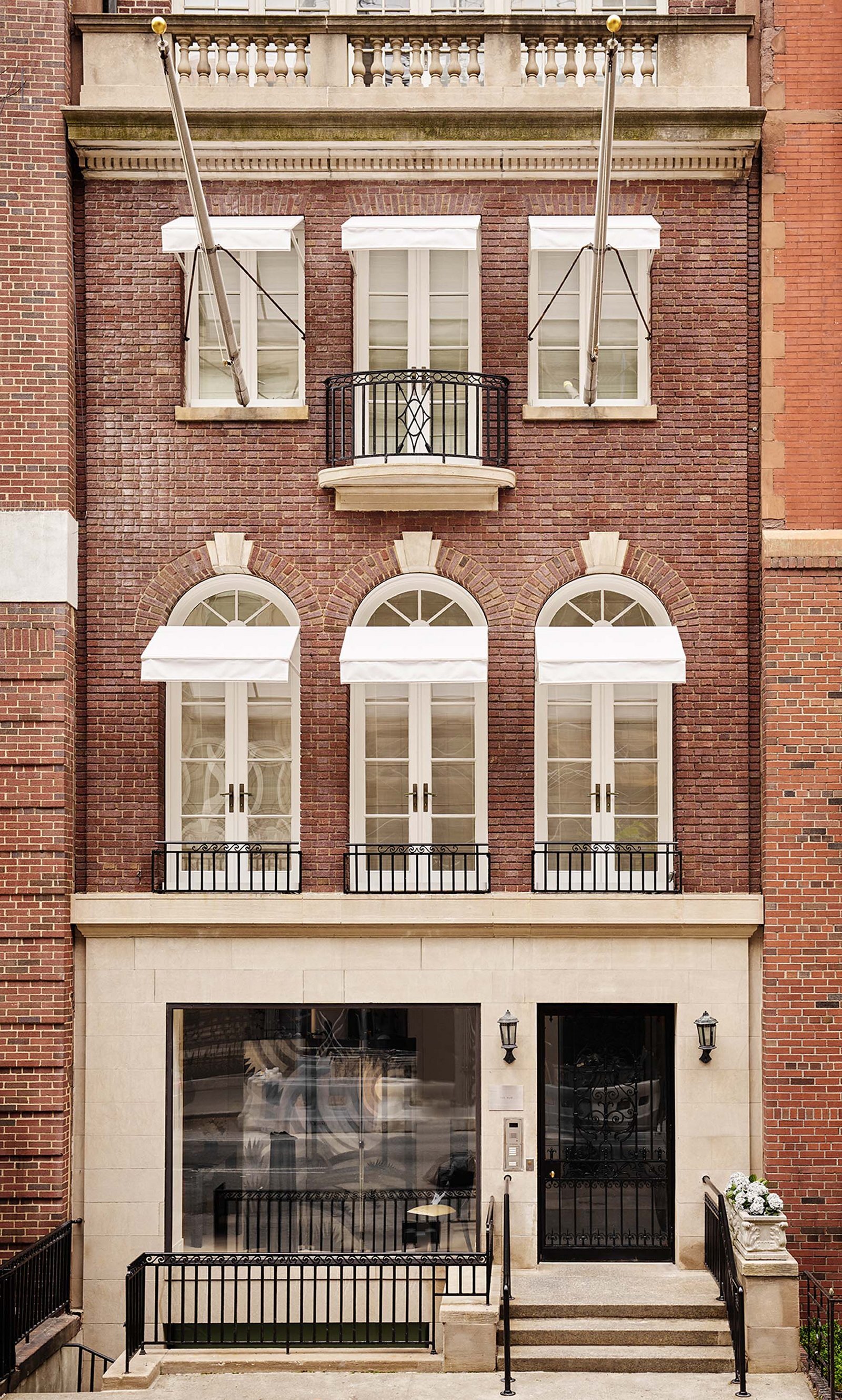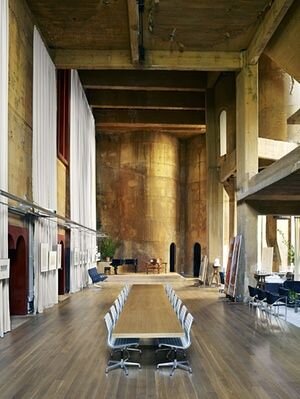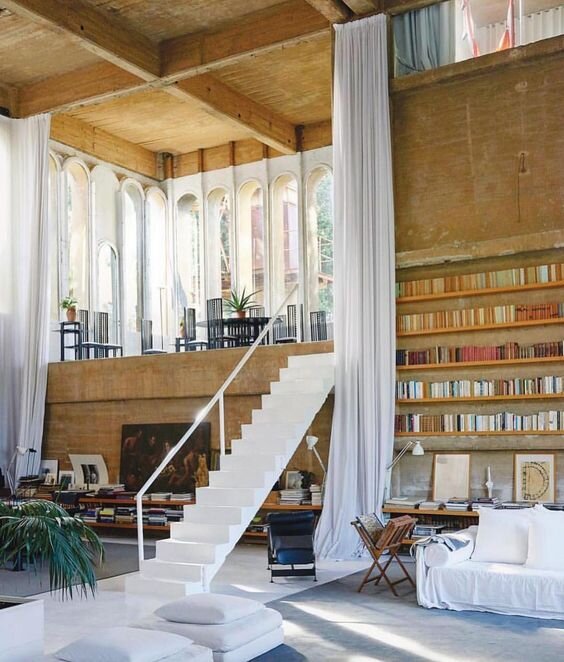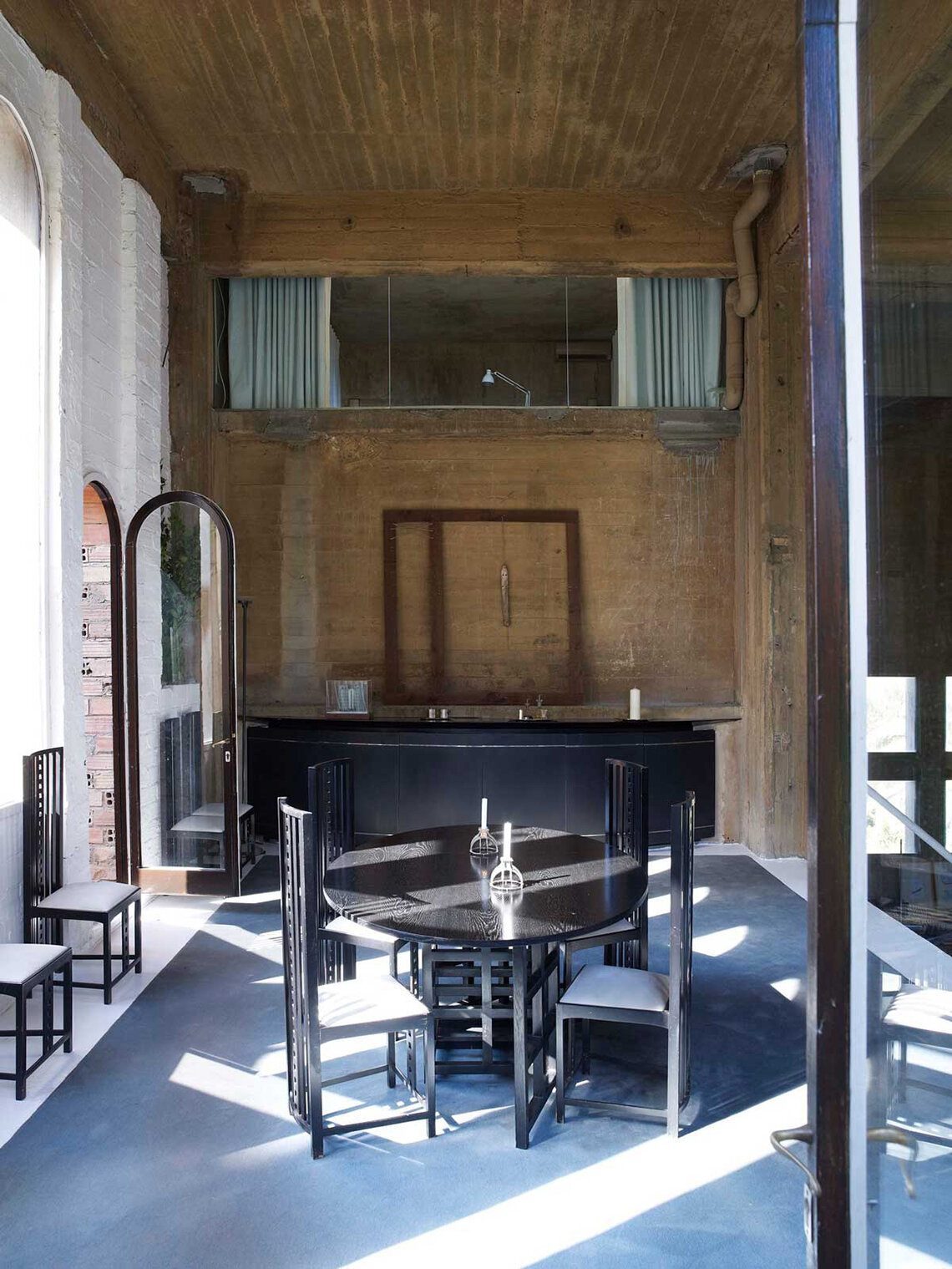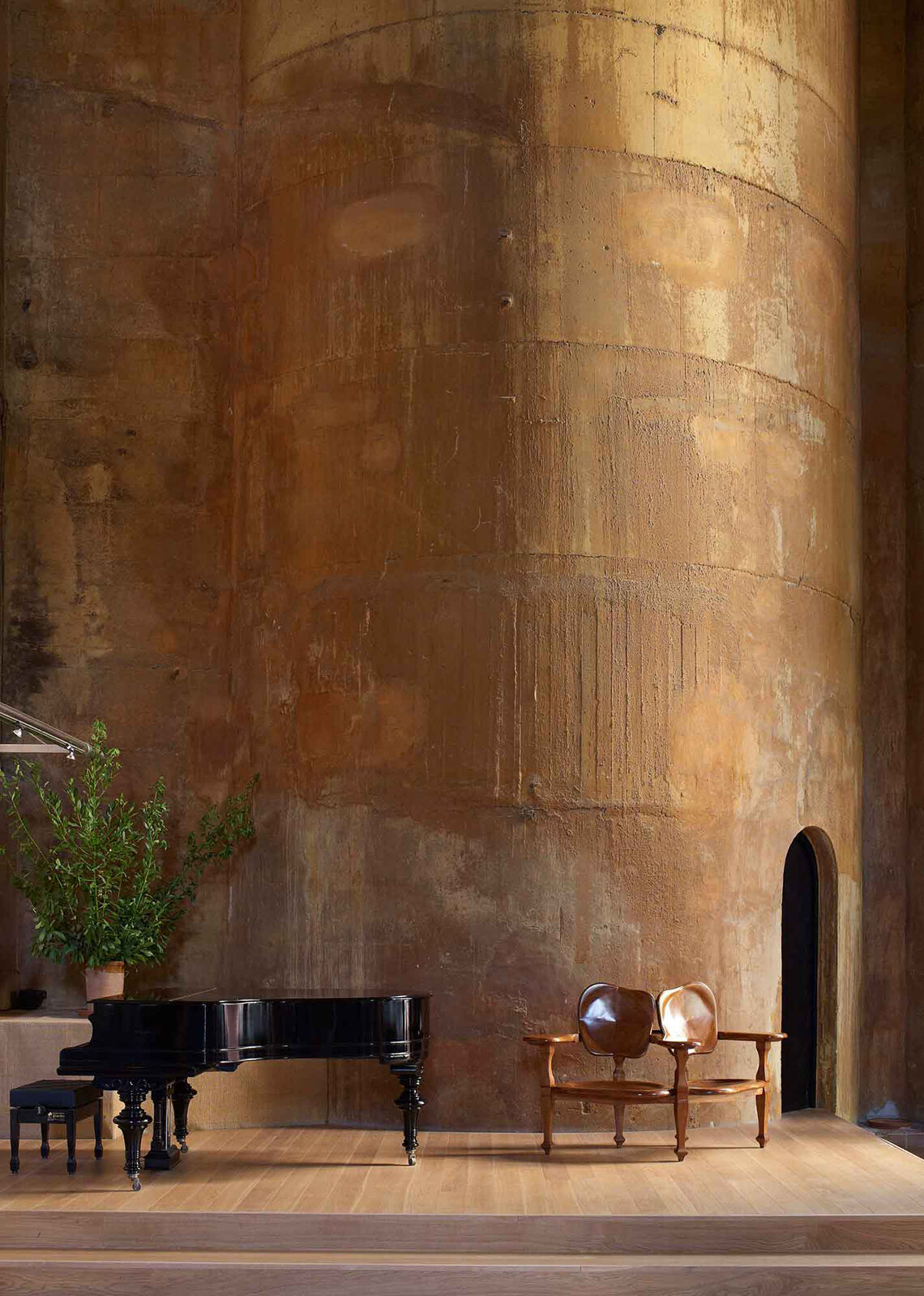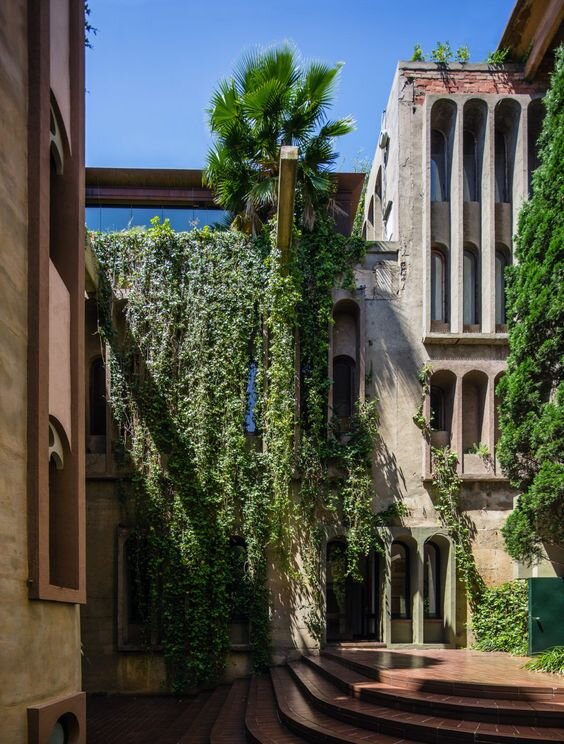In "Making America Modern: Interior Design in the 1930s," historian Marilyn Friedman recasts one of America's darkest periods as a moment of great innovation.
Cedric Gibbons' house for himself and Dolores Del Rio, Los Angeles, 1930. (Photo: George Hurrell, courtesy Bison Archives).
Virginia Conner, living room for Judy King, Sea Island, Georgia, 1938. (Photo: Gottscho-Schleisner).
Rudolph Schindler, living room for Elizabeth Van Patten, Los Angeles, 1935 (Photo:: courtesy UC Santa Barbara Architecture and Design Collection).
1. Vitra Akari 10A floor lamp; 2. Sophie Buhai coquille box ; 3. Tekla towels; 4. Ferm Living Vase; 5. Cassina zig zag seat ; 6. Alessi coffee maker; 7. Nordic Knots rug
BOOK MAGAZINES CURATION
PIERRE AUGUSTINE ROSE
Pierre Augustin Rose is an association of styles belonging to three singular personalities; Pierre Bénard, Augustin Deleuze and Nina Rose.
Pierre and Augustin, both antique dealers at the time, met in 2016, realizing on the spot that they shared a common passion and taste for design. Nina Rose soon joined the team, becoming the key facilitator to accelerate the production, thanks to her deep knowledge of craftsmanship and her network of highly skilled artisans in Europe.
Pierre_Augustin_Rose, 8, Rue Hérold – 75001 Paris. Opening: Tuesday to Saturday, from 13:00 to 19:00.
“There's a bit of Scandinavia, Italy, Carlo Molino”
Signature Style. Simple lines, innovative design, and classic inspirations. Past and present never collide in their designs; rather, they blend in a very personal style, best translated as an ode to everlasting modernity transformed with confident audacity.
Each piece of furniture is imbued with a timeless feel whilst paying homage to the 20th Century’s great masters. Beautiful lacquers and fabrics, impeccable quality and refined details are the hallmark of an eclectic collection that defines the new classics of this century.
“The choices are highly eclectic, based on a shared taste for the Empire, the Gustavian world, furniture and very singular - even unique - objects, as well as 20th-century design. “
Pierre Augustin Rose I TSF I The Invisible Collection I MILK Decoration
THE ROW
Shopping for an Aesthetic Inspiration
A dining room table by Charlotte Perriand is topped by Alexandre Noll's pitchers and cups. Perriand's coffee table can also be seen, as well as a Le Corbusier chair and a shelf designed by Annabelle Selldorf.
Photo: Courtesy of The Row
The Row, Los Angeles
8440 Melrose Place
Photo: Courtesy of The Row
A distinctive mid-century collection of furniture throughout, as well as lush native plantings, layer subtle colour tones and warmth into the design
Photo: Courtesy of The Row
The Row, New York
17 E 71st St
Photo: Courtesy of The Row, by François Halard
In collaboration with interior architect Jacques Grange, the 4,000 square foot three-story townhouse features neutral color palettes spliced with pops of Basquiat art pieces and modern custom furniture. (1)
Photo: Courtesy of The Row, by François Halard
RICARDO BOFILL | LA FABRICA
“The factory is a magic place which strange atmosphere is difficult to be perceived by a profane eye. I like the life to be perfectly programmed here, ritualised, in total contrast with my turbulent nomad life.” – Ricardo Bofill.
In 1973 Ricardo Bofill found a disused cement factory, an industrial complex from the turn of the century consisting of over 30 silos, subterranean galleries and huge machine rooms, and he decided to transform it into the head office of Taller de Arquitectura.
This project is evidence of the fact that an imaginative architect may adapt any space to a new function, no matter how different it may be from the original one.
Surrealism in paradoxical stairs that lead to nowhere; the absurdity of certain elements hanging over voids; huge but useless spaces of weird proportions, but magical because of their tension and disproportion.
Abstraction in the pure volumes, which revealed themselves at times broken and raw.
Brutalism in the abrupt treatment and sculptural qualities of the materials







